As a SaaS company, driving organic traffic to your website is important for growth. One of the most important factors in an effective SEO strategy is understanding and leveraging monthly search volume data.
At VH-info, we specialize in helping SaaS businesses improve their online visibility through data-driven link-building and keyword research.
In this article, we’ll dive deep into what monthly search volume is, why it matters, and how you can use this valuable metric to supercharge your SEO efforts.
What is the Monthly Search Volume?
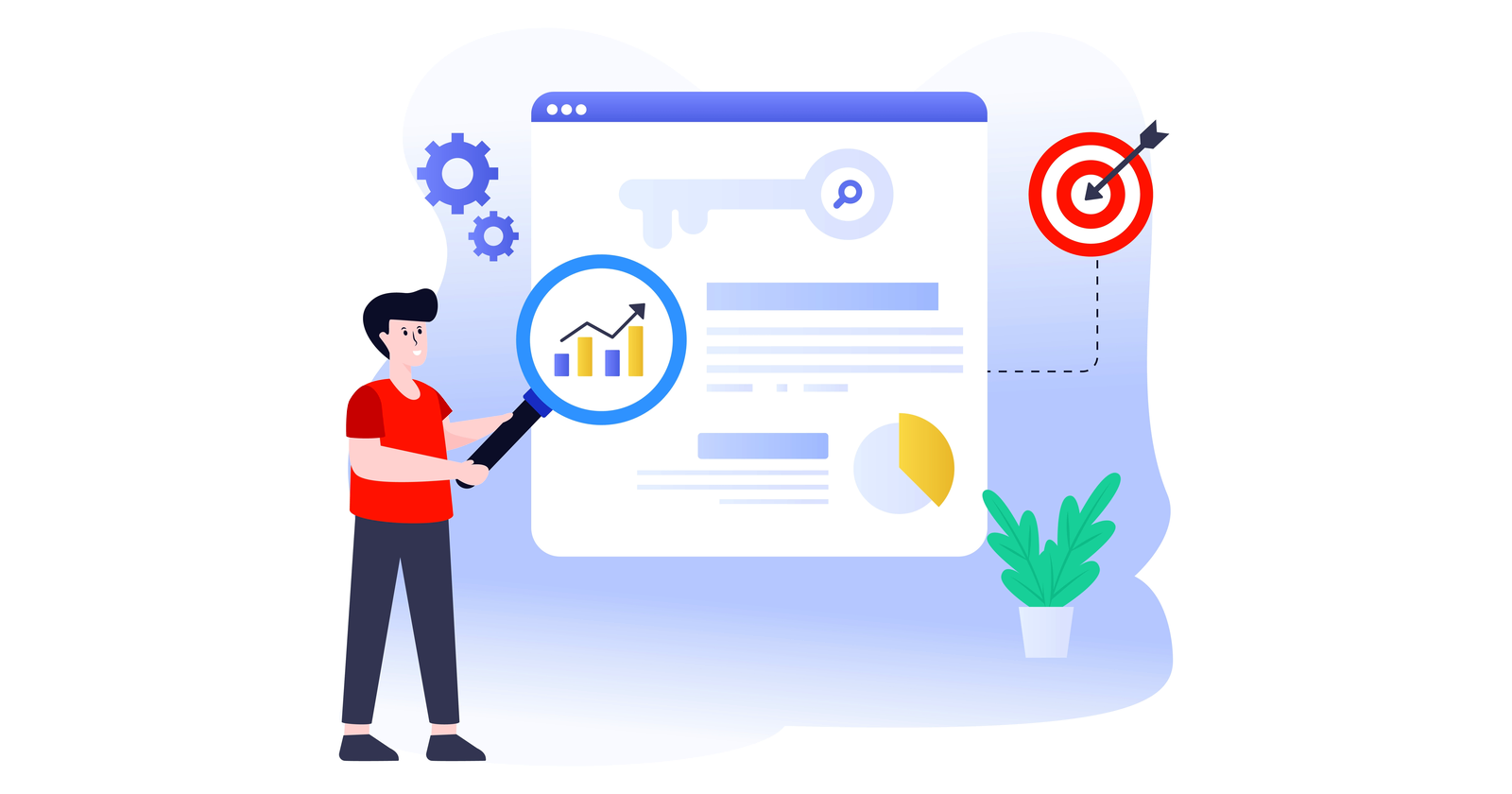
Monthly search volume refers to the average number of times people search for a particular keyword on search engines like Google in a given month. This metric provides valuable insights into the popularity and demand for specific topics, products, or services online.
Why Monthly Search Volume Matters For Your Website?
Understanding the monthly volume for keywords relevant to your SaaS business is essential for several reasons:
- It helps you gauge the potential traffic you could receive by ranking well for those keywords.
- It allows you to prioritize which keywords to target based on their popularity and relevance.
- It provides a benchmark for measuring the success of your SEO efforts over time.
How is Monthly Search Volume Calculated?

There are two main ways that monthly search volume data is gathered:
- Google Keyword Planner: Google’s Keyword Planner is a free tool within Google Ads that provides search volume data and keyword suggestions. It pulls this information directly from Google’s vast database of search queries. However, the tool provides search volume ranges rather than exact numbers for most users.
- Clickstream Data: Many paid SEO tools like Ahrefs and SEMrush supplement Google’s data with clickstream data from various sources. This involves anonymously tracking user behavior across the web to see which search queries are entered and how often. By combining data from multiple sources, these tools can provide more precise search volume estimates.
Why is Monthly Keyword Search Volume Important For SEO?
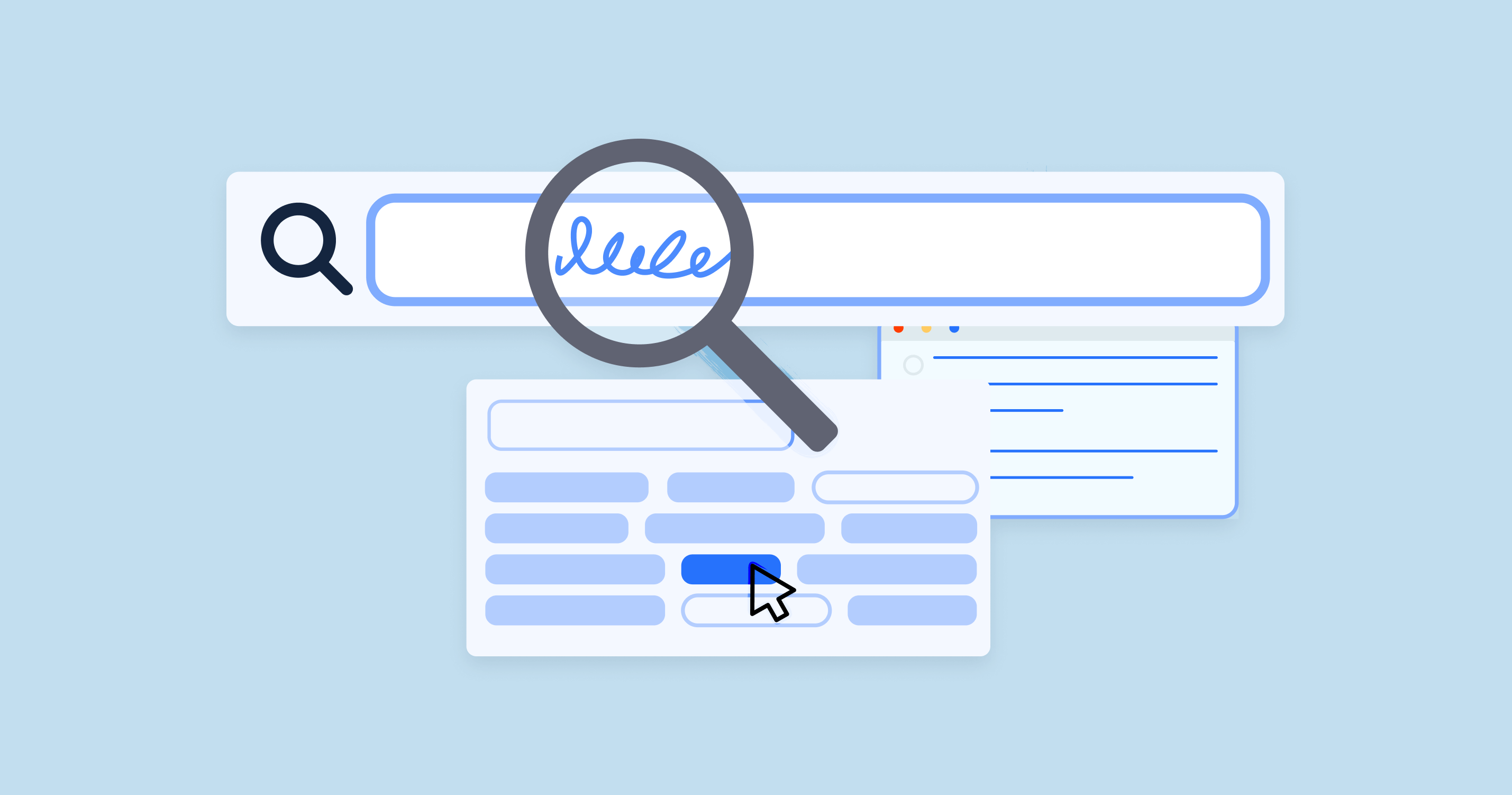
Monthly keyword search volume is a foundational metric for many aspects of SEO, including:
- Keyword Targeting: Identify relevant keywords with high search volume for your business. Next optimize your website’s content to rank for those terms and drive more organic traffic to the list of keywords.
- Traffic Potential: Search volume gives you a sense of how much traffic you could potentially earn by ranking highly for a given keyword. This helps in forecasting and setting realistic traffic goals.
- Competitive Analysis: Analyzing the search volume and difficulty of keywords your competitors are targeting provides valuable insights for your keyword strategy.
- Content Creation: Monthly search volume can inform your content strategy by revealing which topics your audience is actively searching for, allowing you to create content that directly addresses their needs.
- Tracking Progress: By monitoring your rankings and organic traffic for keywords with known search volumes, you can quantify the impact of your SEO efforts over time.
Best Keyword Research Tools to Generate Keyword Ideas:
- Semrush Keyword Magic Tool: One of the best ways to drive organic traffic to your website is by optimizing your content for keywords with high monthly search volume. Tools like Ahrefs and SEMrush utilize data from multiple sources to provide more accurate keyword’s search volume estimates.
- Google Trends: Google Trends is another powerful and a free keyword research tool that can help you identify trending topics and keywords by showing how search interest changes over time. It allows you to compare the search volume of different keywords, understand seasonality, and discover related queries that can inspire your content strategy and search campaigns.
- Google Ads Keyword Planner: Google Keyword Planner is another useful tool for conducting keyword research based on search volume and competition levels. More popularly used with PPC campaigns over Search engine optimization.
- Google Search Console: Google Search Console is a valuable tool for tracking the performance of your website in Google’s search engine results. It provides data on keywords that drive traffic to your site from SEO content, along with their respective search volumes.
- Keyword Sheeter: Keyword Sheeter is a tool that can quickly provide you with keyword lists based on your seed keyword. It scrapes Google’s autocomplete suggestions and generates a list of potential keywords along with their keyword search volumes.
Factors That Affect Monthly Search Volume

It’s important to understand that monthly search volume is not a static metric.
Many variables can influence how often a keyword is searched, such as:
- Seasonality: Many Seasonal keywords are subject to seasonal fluctuations. For example, searches for “Christmas gifts” will naturally peak in December. Understanding seasonal trends is key for planning your relevant content calendar and promotions.
- Industry Trends: As industries evolve and new technologies emerge, the popularity of certain keywords can shift dramatically for ranking better in organic search results.
- Advertising: Big advertising campaigns, especially around major events or product launches, can spark a surge in searches for related keywords.
- User Behavior: Cultural shifts, economic changes, and even major news events can all impact what users search for online. Monitoring general search trends can provide context for changes in keyword search volume.
What is Considered a “Good” Monthly Search Volume?
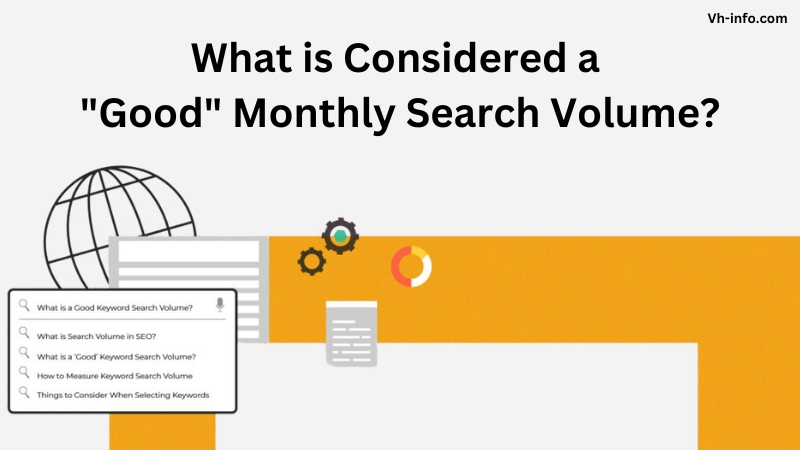
One common question we hear at VH-info is, “What’s a good monthly search volume to target?” The answer is, it depends.
- Depends on the Industry and Niche: The definition of a “good” search volume varies widely by industry and niche. For example, a keyword with 1,000 monthly searches may be considered high volume for a niche B2B software category but low for a broad consumer topic.
- Balancing Volume and Competition: Generally, you want to target keywords with the highest search volume that you can realistically rank for. High-volume keywords are often very competitive, while low-volume keywords may be easier to rank for but drive less traffic. The sweet spot is usually in the middle – keywords with decent search volume and moderate competition.
Tools For Finding Monthly Search Volume

Several keyword research tools provide monthly search volume data. Some of the most popular include:
- Google Keyword Planner: As mentioned, Google’s Keyword Planner is a free tool that provides search volume ranges and keyword suggestions based on a seed keyword or website. It’s a great starting point for keyword research.
- SEO Tools Like Ahrefs, and SEMrush: Paid tools like Ahrefs and SEMrush offer more robust keyword data, including exact search volumes, keyword difficulty scores, SERP analysis, and more. These tools are invaluable for serious SEO campaigns.
- Google Trends: Google Trends is a free tool that allows you to compare the relative popularity of keywords over time. While it doesn’t provide exact search volumes, it’s useful for identifying seasonal trends and rising keyword opportunities.
At VH-info, we leverage all of these tools and more to uncover the most valuable keyword opportunities for our clients’ SaaS link-building campaigns.
FAQ’s:
What is a Good Keyword Search Volume to Target?
It depends on your industry, niche, and the competitiveness of the keyword. Generally, aim for keywords with the highest search volume you can realistically rank for.
How Often Should I Analyze Search Volume Data?
We recommend analyzing your keyword search volumes at least quarterly, if not monthly. This allows you to stay on top of seasonal trends and identify new keyword opportunities.
Does Monthly Search Volume Fluctuate Over Time?
Yes, search volume can change over time due to seasonality, industry trends, advertising, and shifts in user behavior.
How Accurate is Monthly Search Volume Data?
While tools strive to provide the most accurate data possible, all search volume numbers are estimates and can vary between tools. Use them as a relative guide rather than an exact truth.
Should I Only Target Keywords With High Search Volume?
Not necessarily. Targeting less competitive keywords with lower search volume can be an effective strategy, especially for newer websites. The key is to find a balance between search volume and competitiveness.
Can Monthly Search Volume Trends Predict Future SEO Success?
While search volume trends can inform your keyword strategy, they are not a guarantee of future SEO results. Many other factors, such as content quality, backlinks, and technical SEO, also impact rankings.
How Does Monthly Search Volume Differ Across Industries?
Search volume can vary widely between industries. Broad consumer topics tend to have much higher search volumes than niche B2B categories. It’s important to understand what constitutes a “high” or “low” search volume in your specific industry.
Conclusion
Monthly search volume is an important metric for informing your SEO and content strategies.
At VH-info, our team of SaaS link-building experts leverage in-depth search volume data to help our clients achieve their SEO goals.
From identifying high-value keyword opportunities to creating optimized content and building authoritative backlinks, we provide end-to-end SEO solutions tailored to the unique needs of SaaS businesses.
If you’re looking to take your SaaS company’s organic growth to the next level, contact VH-info today for a free consultation. Our experienced team is ready to help you harness the power of search volume data to drive measurable results.
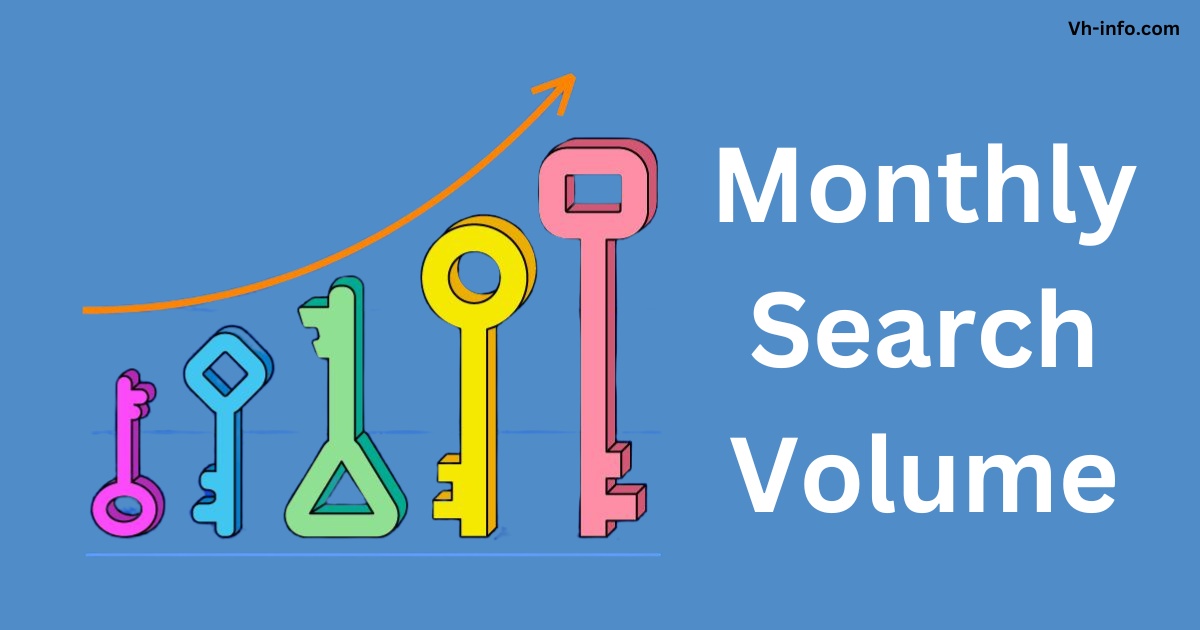
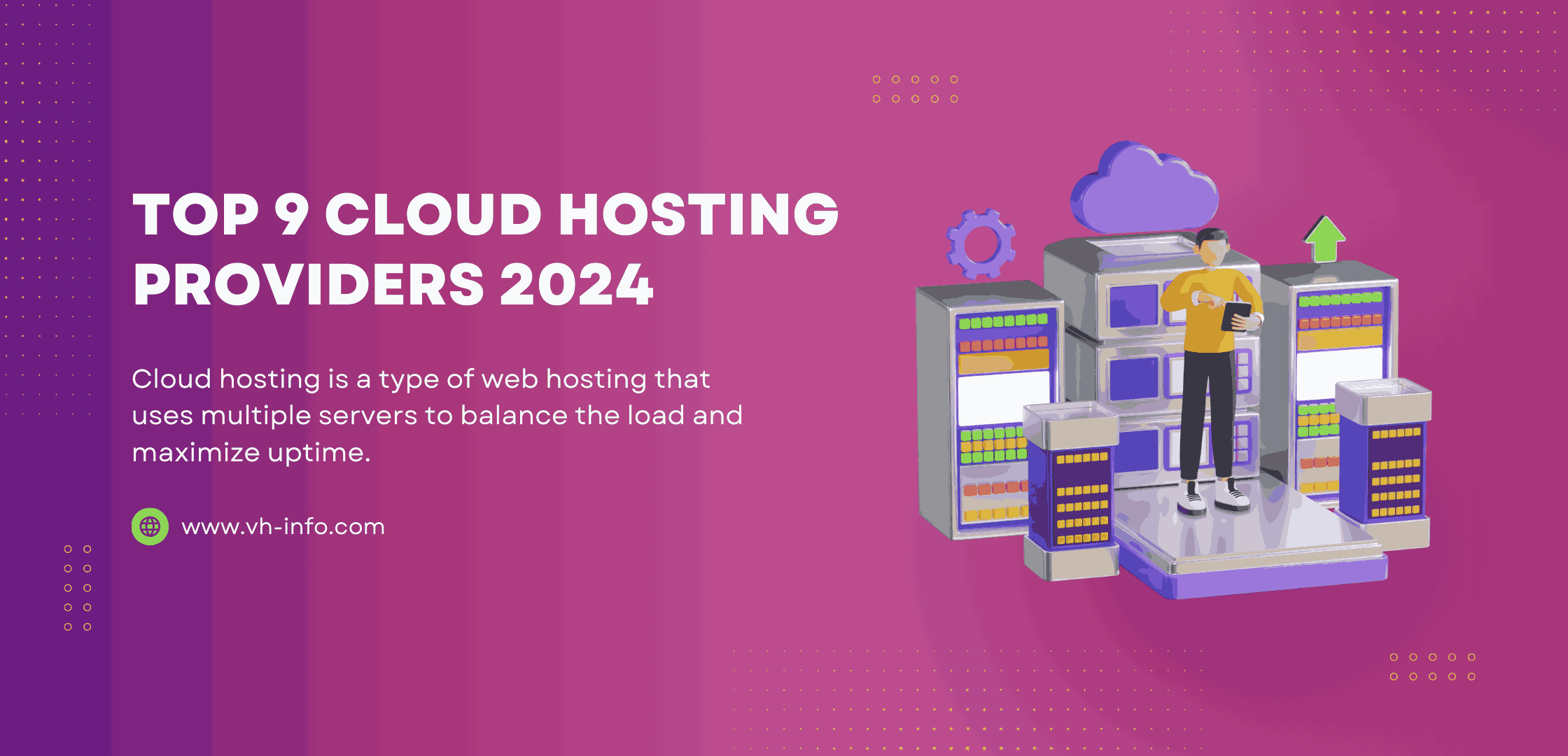
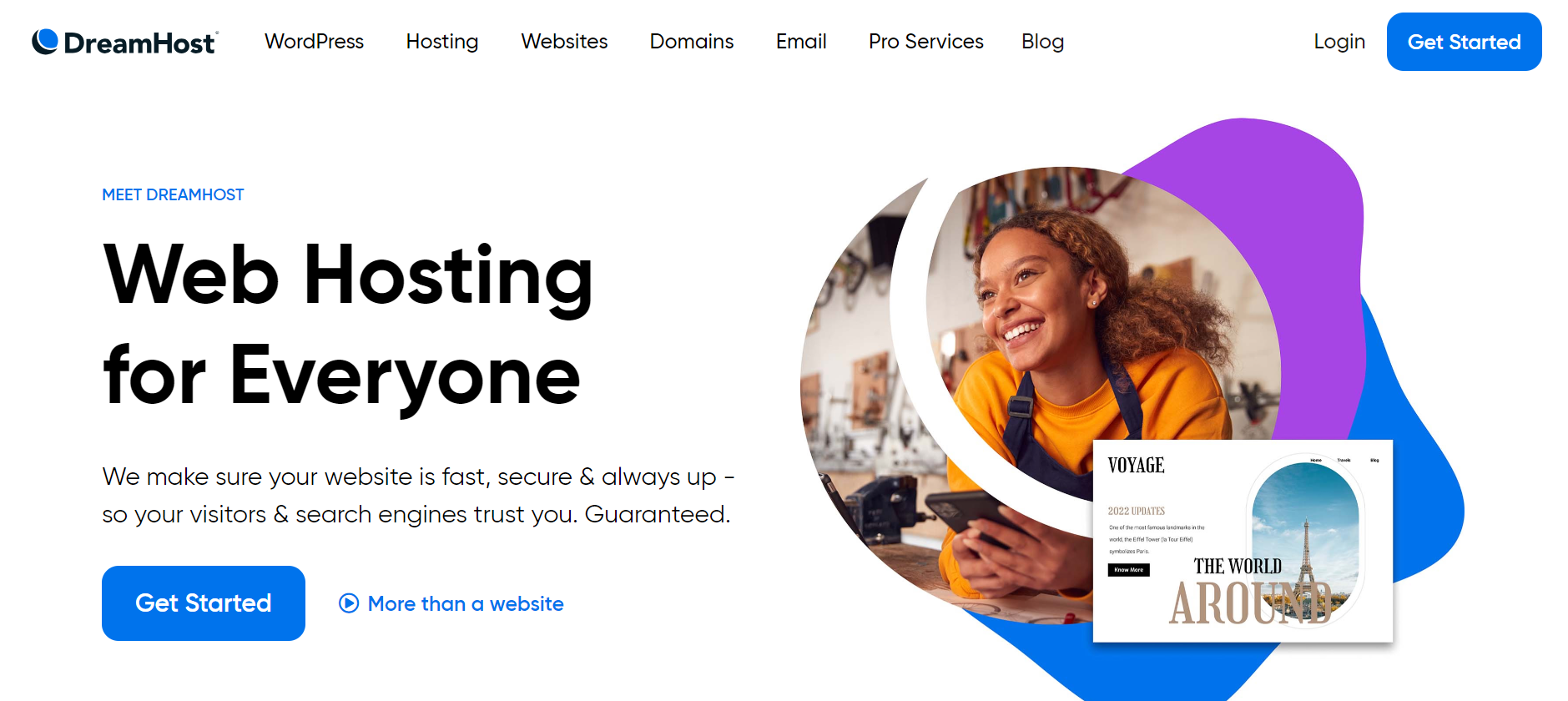 Dreamhost – Best For Small Business
Dreamhost – Best For Small Business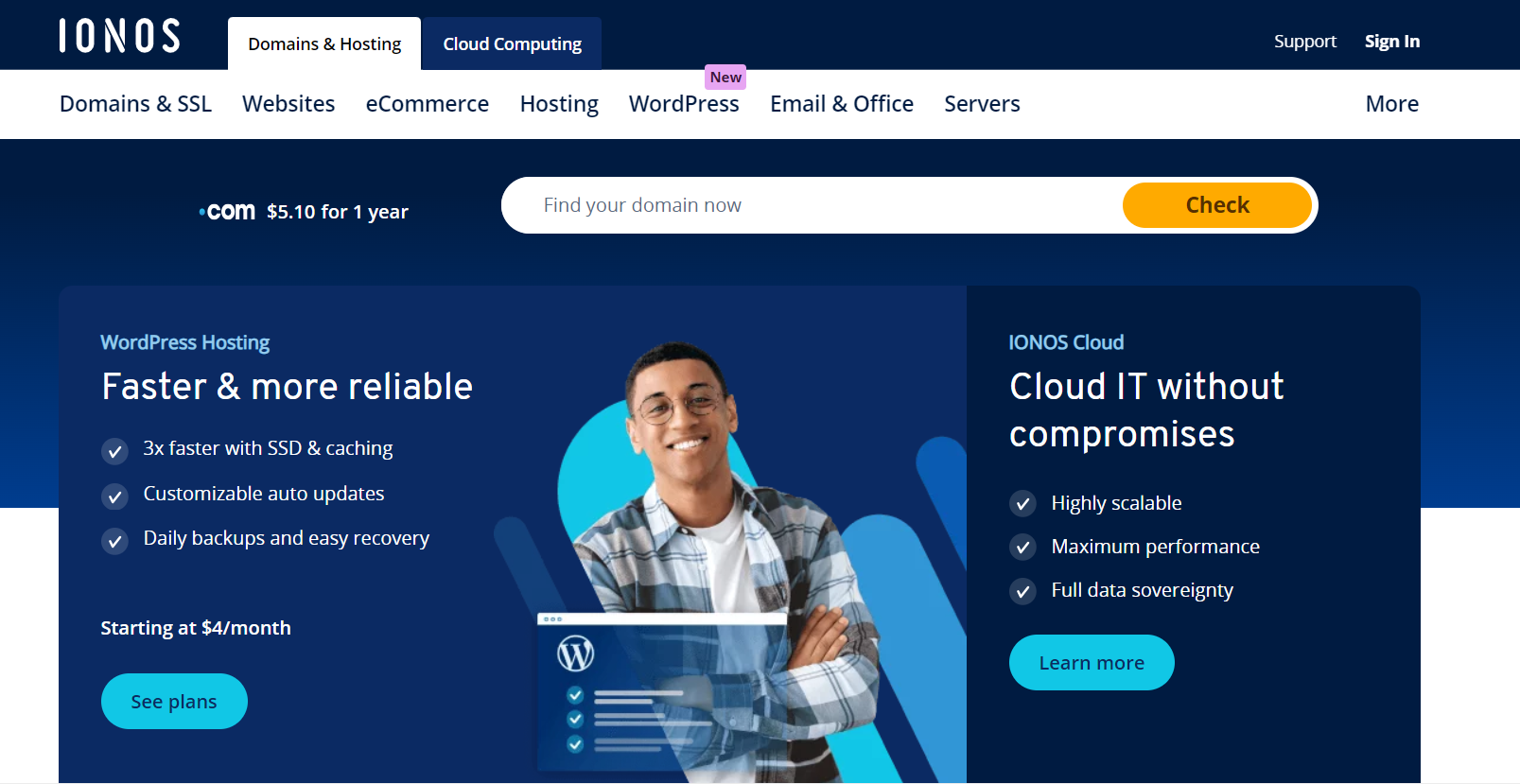 IONOS – Cheapest Hosting
IONOS – Cheapest Hosting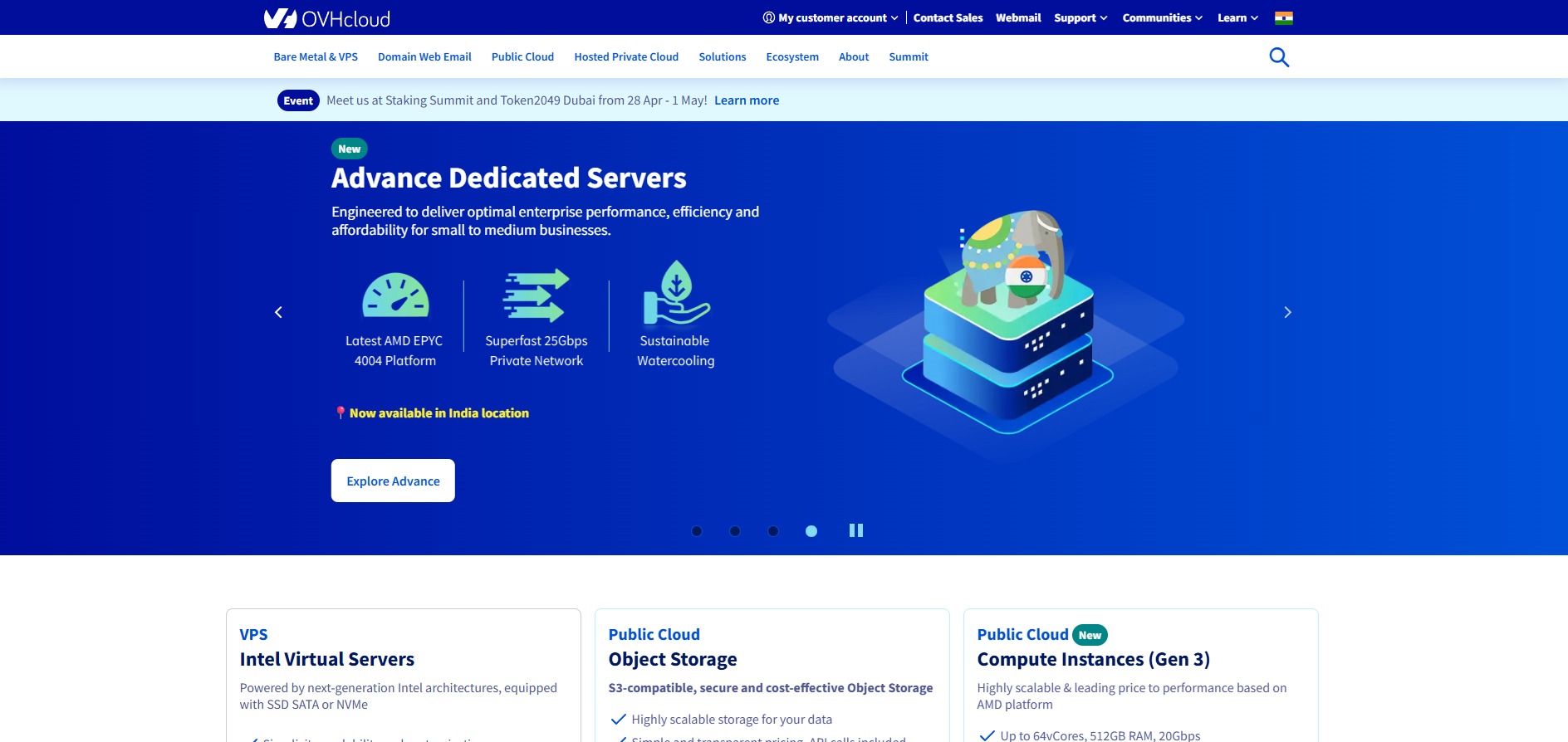
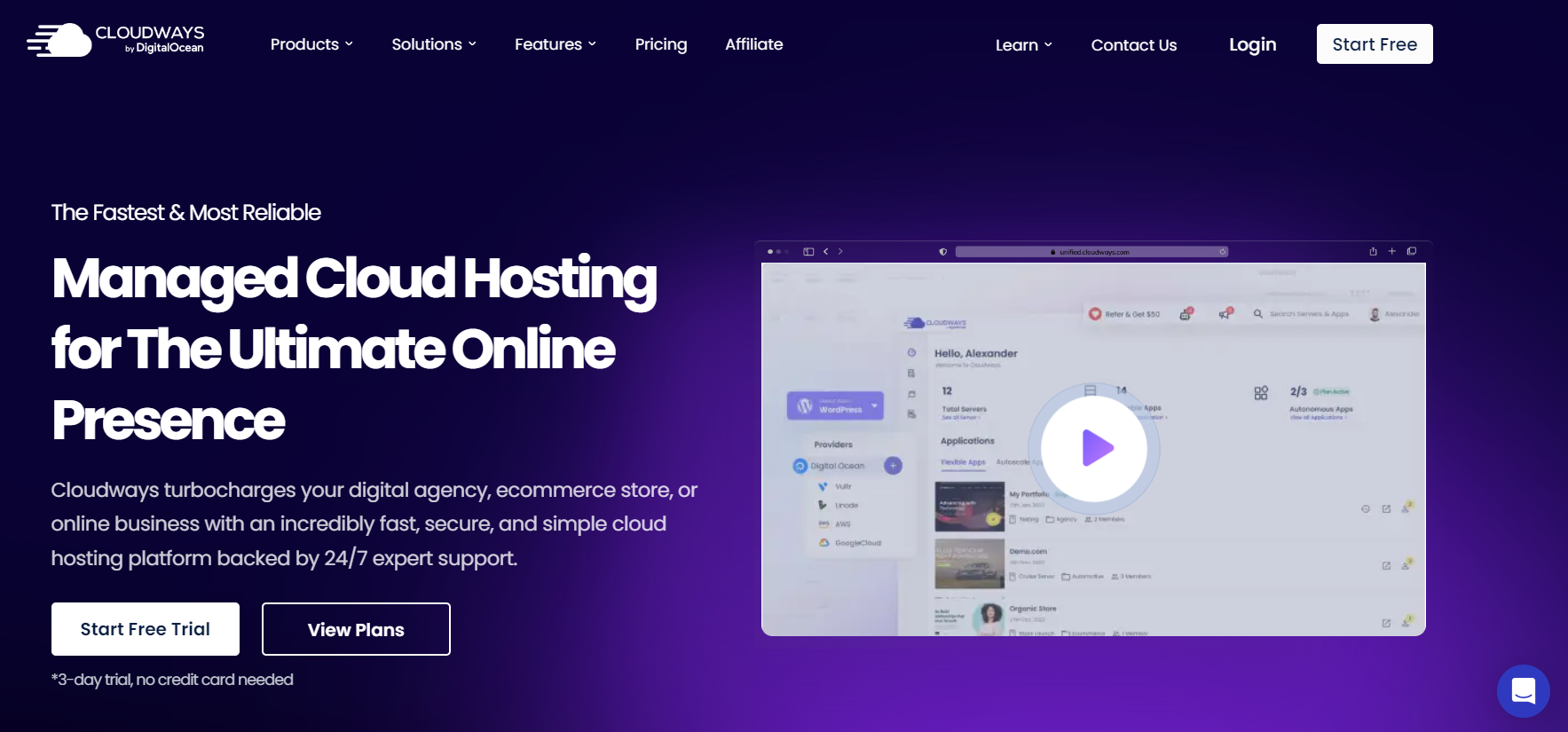 Cloudways – Best Cloud Hosting
Cloudways – Best Cloud Hosting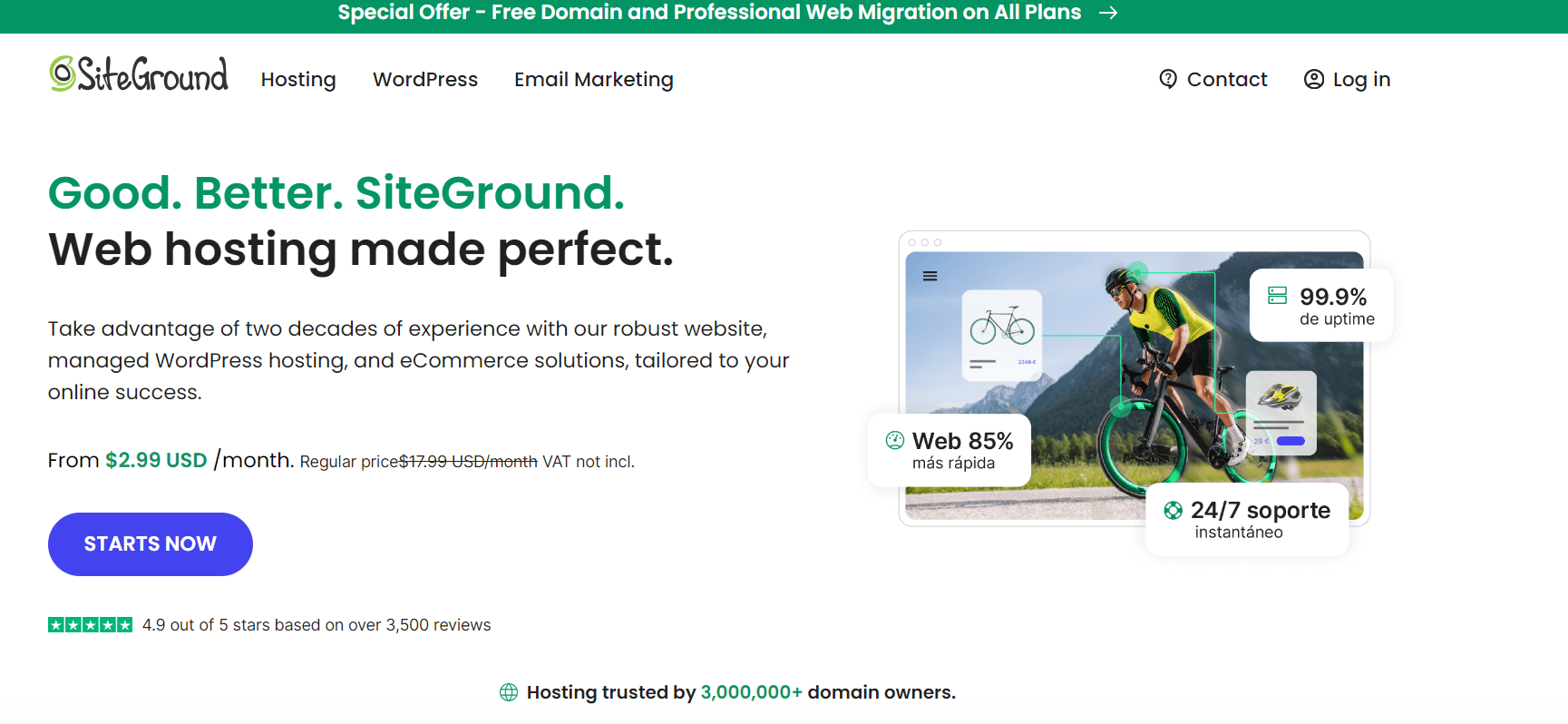 SiteGround – Best Green Cloud Host
SiteGround – Best Green Cloud Host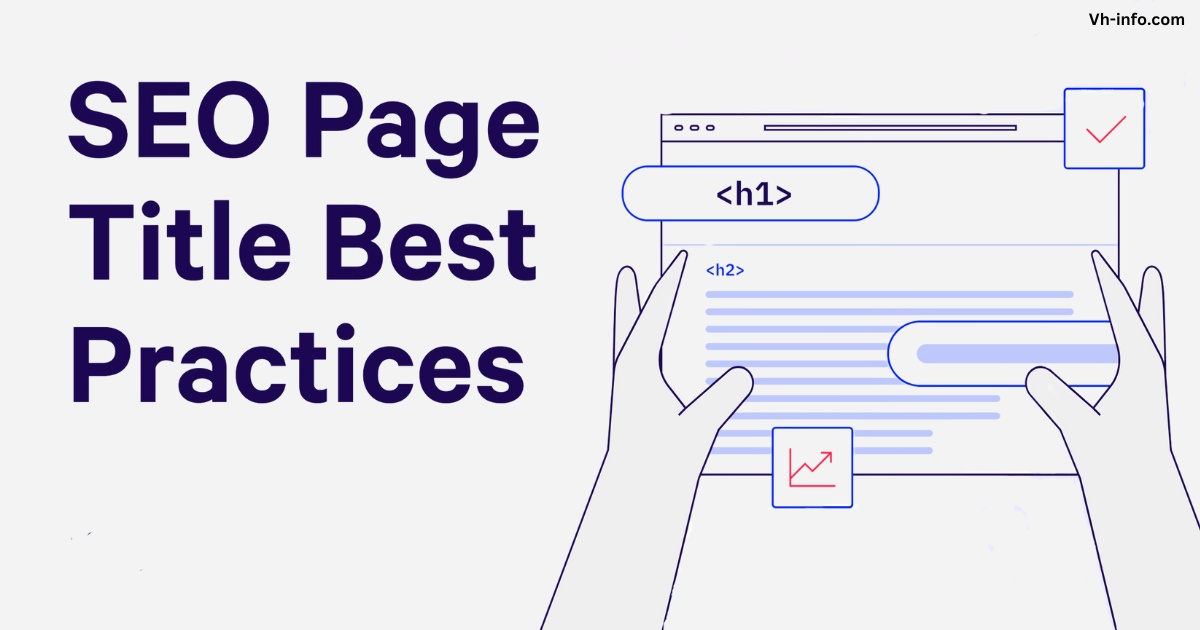
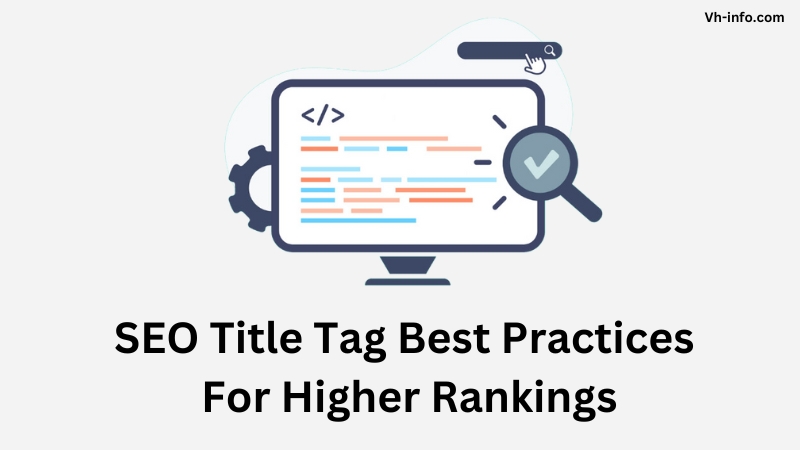

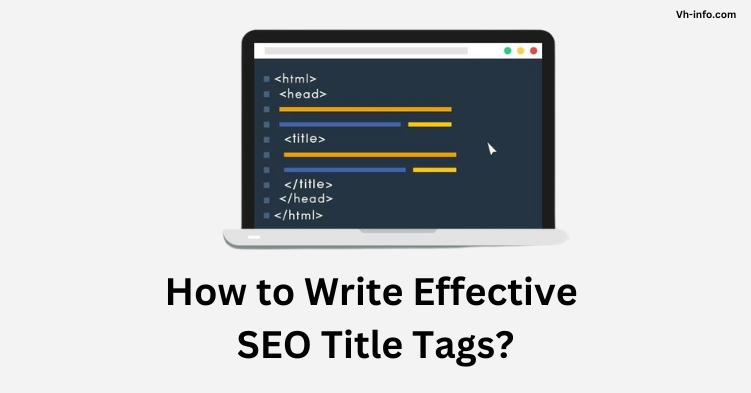
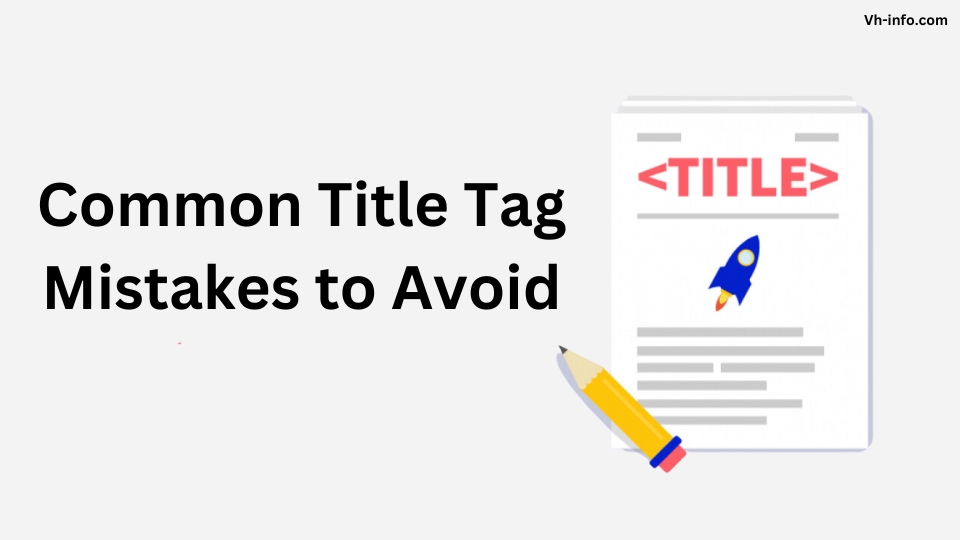

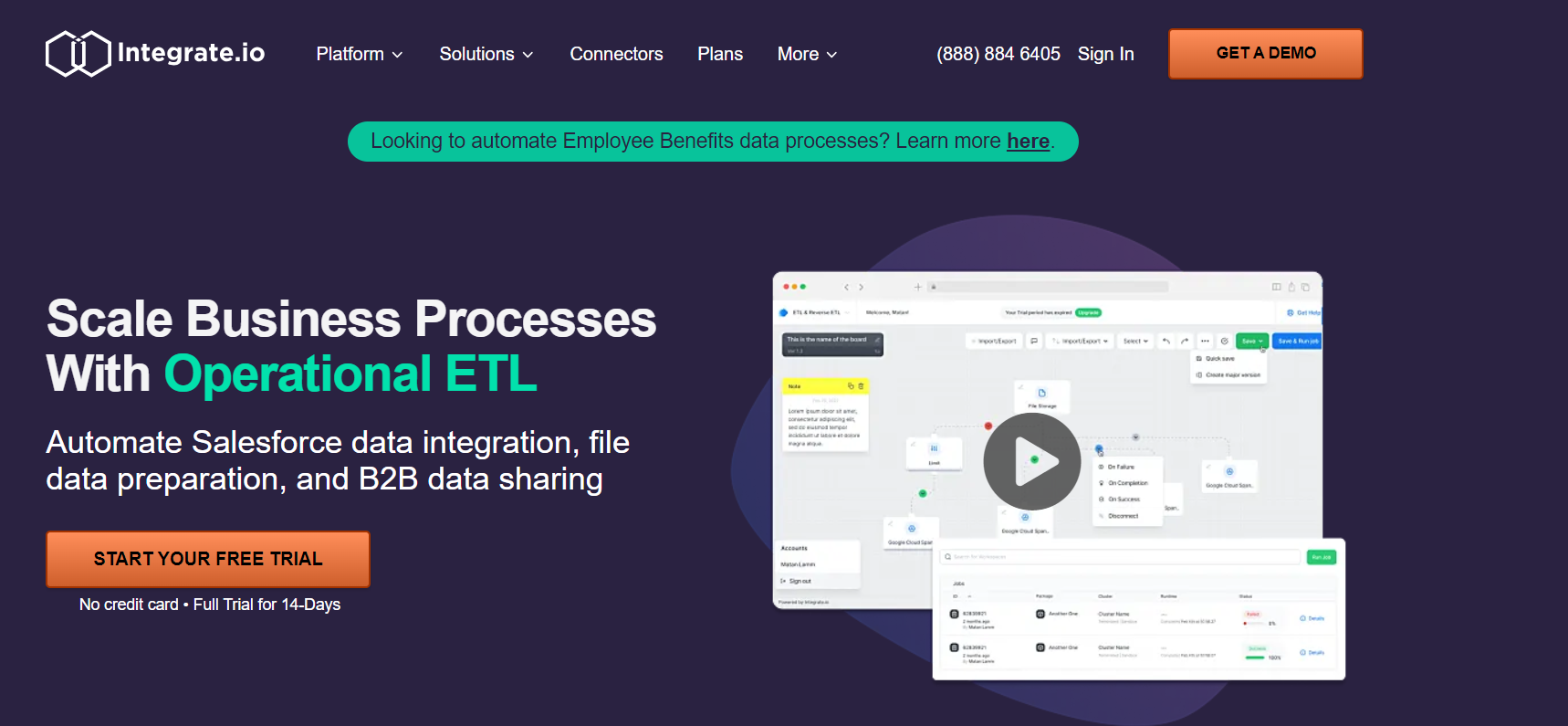 Integrate – API Management Tool[/caption
Integrate – API Management Tool[/caption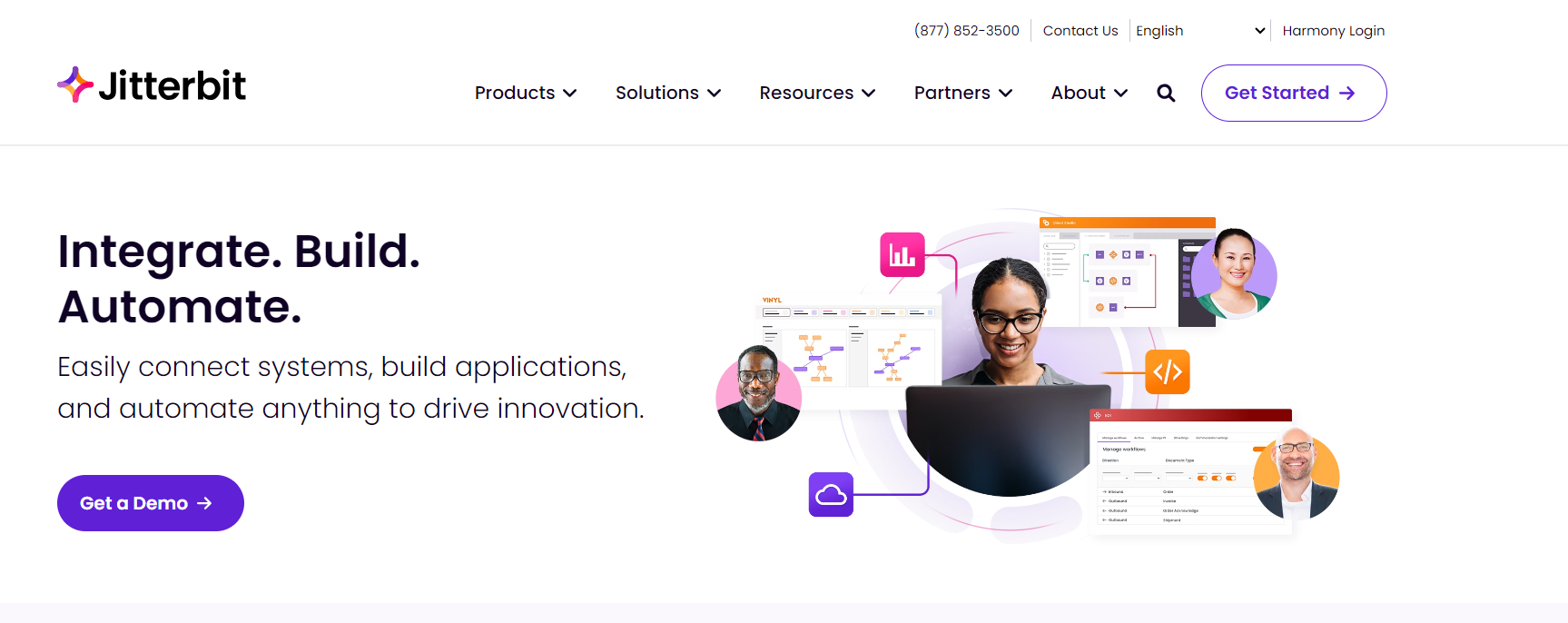 Jitterbit – API Management Tools[/caption
Jitterbit – API Management Tools[/caption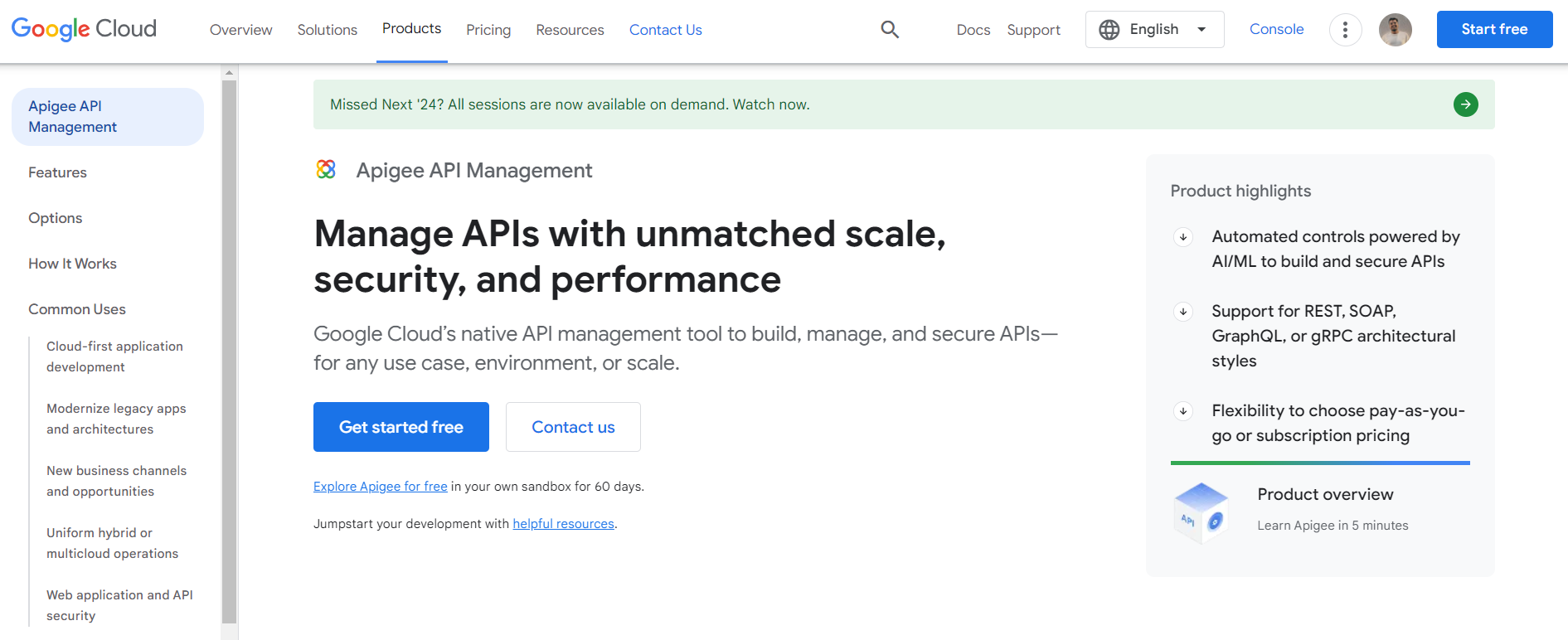 Apigee – API Management Tool[/caption
Apigee – API Management Tool[/caption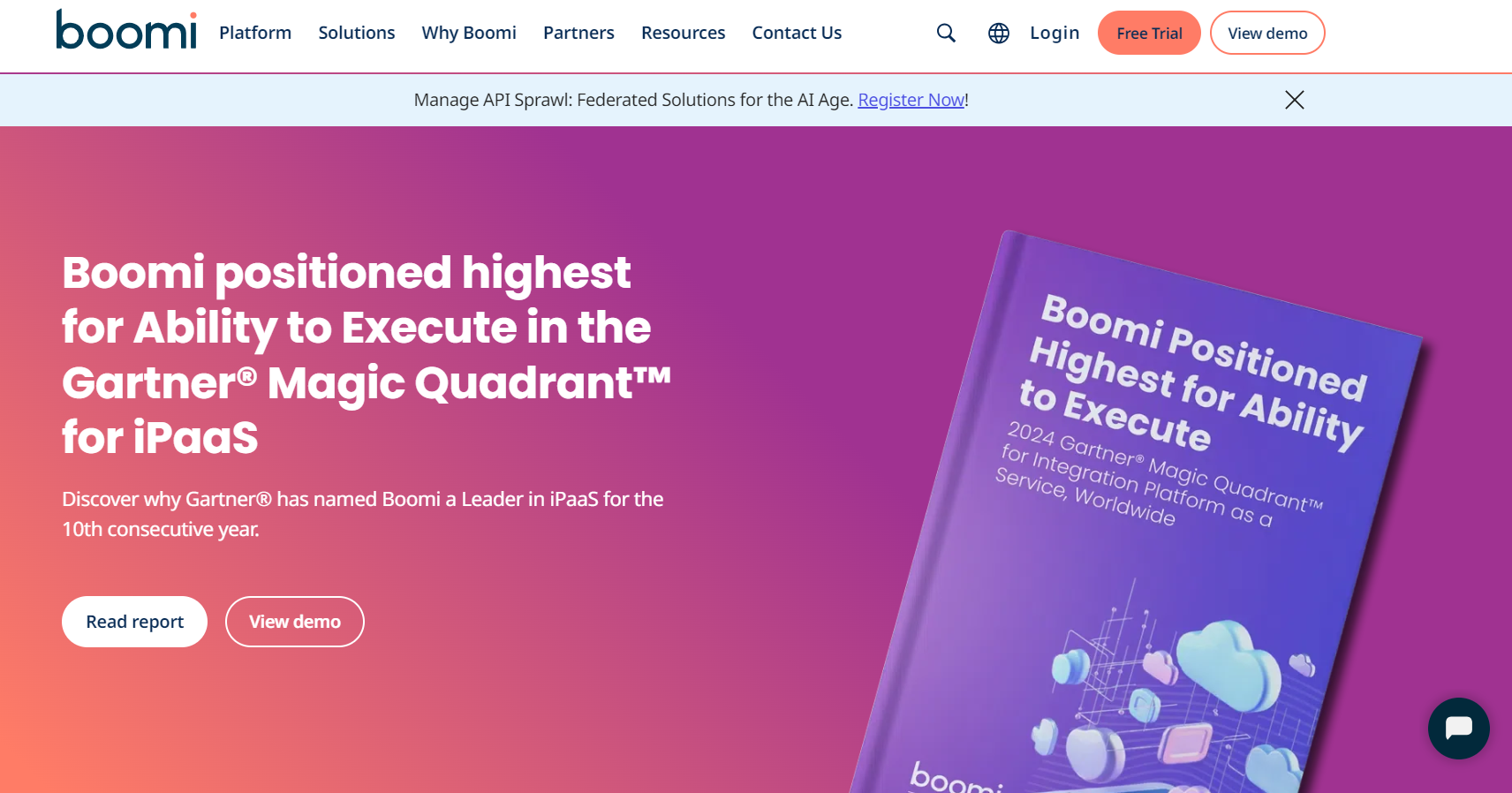 Dell Boomi – API Management Tool[/caption
Dell Boomi – API Management Tool[/caption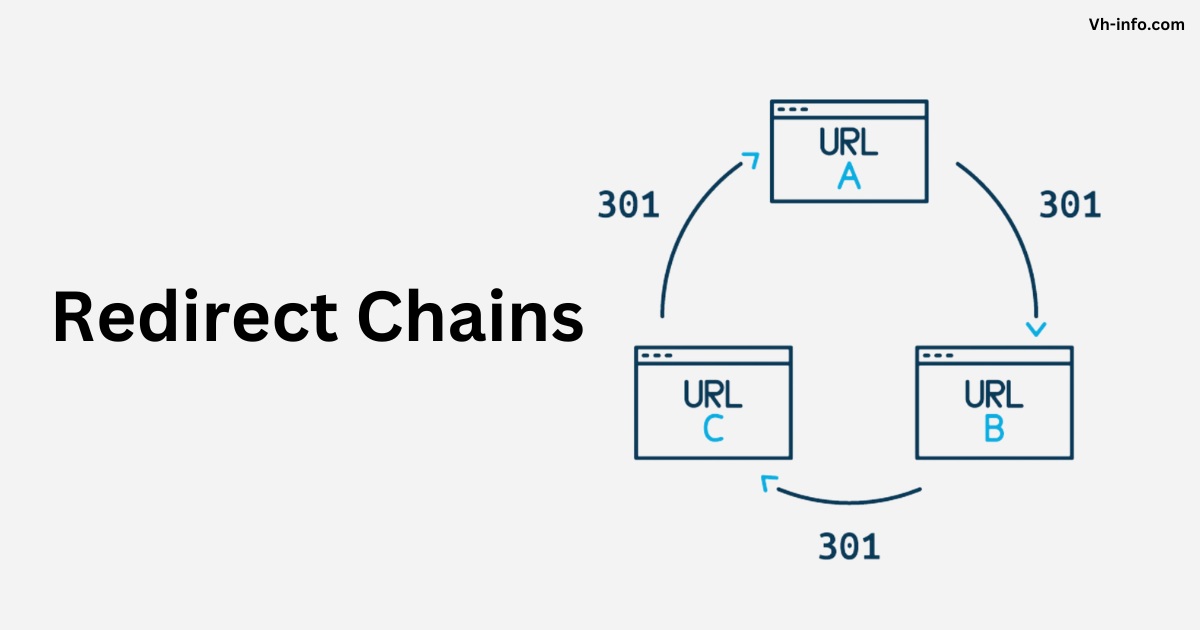
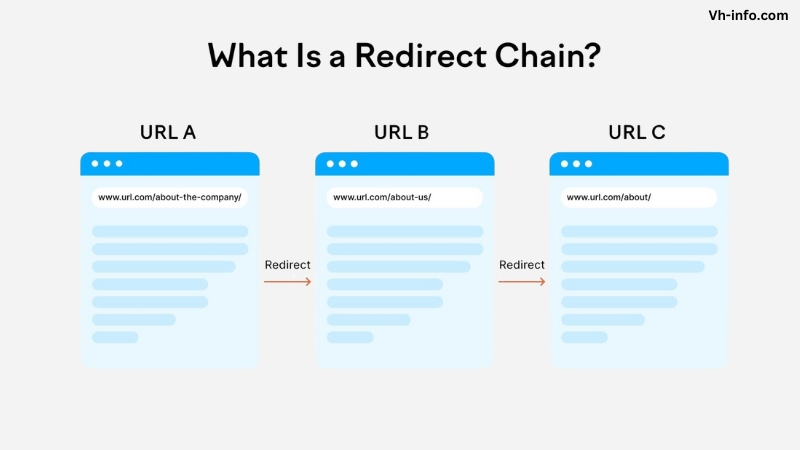
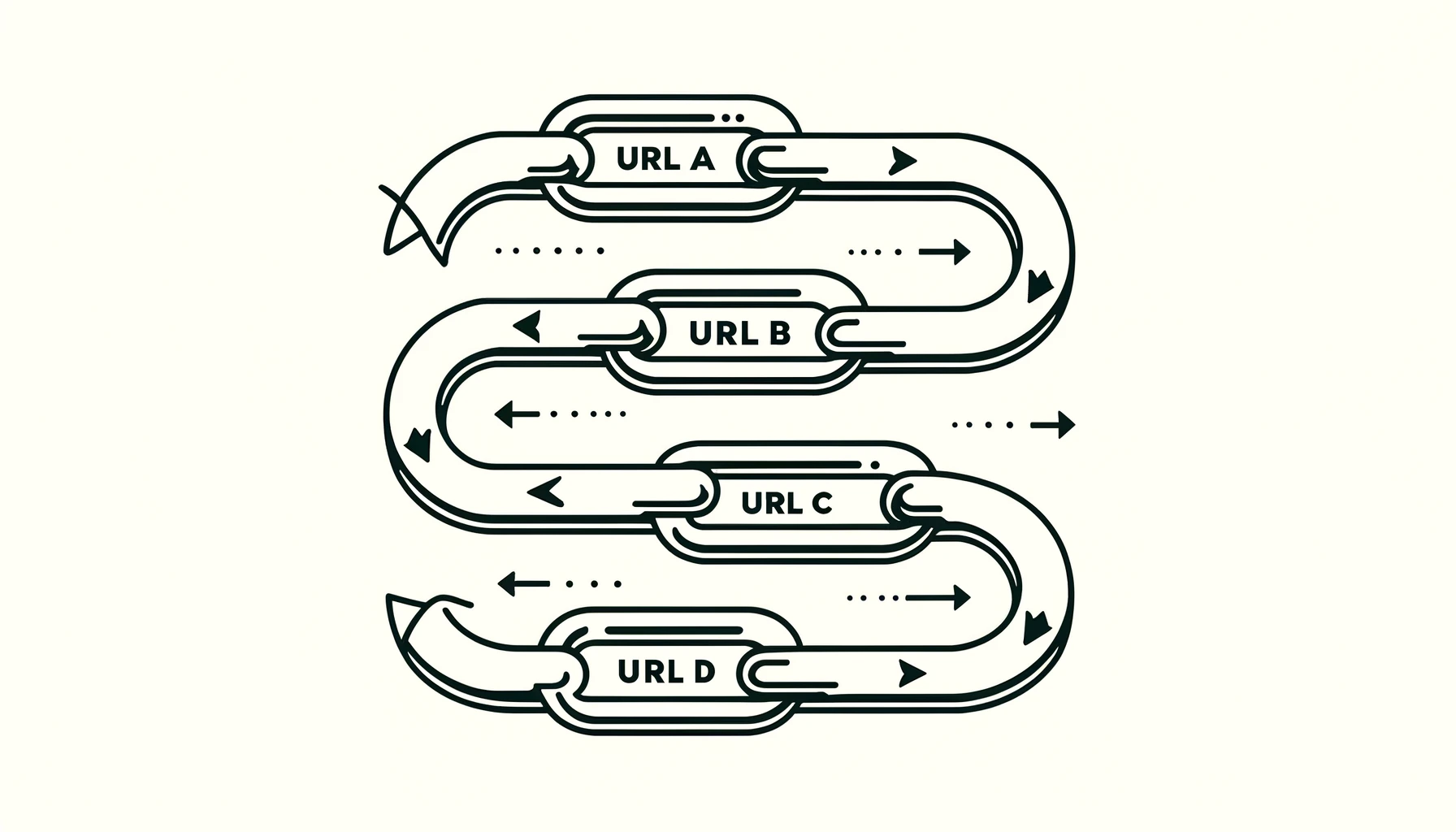
 Screenshot[/caption
Screenshot[/caption


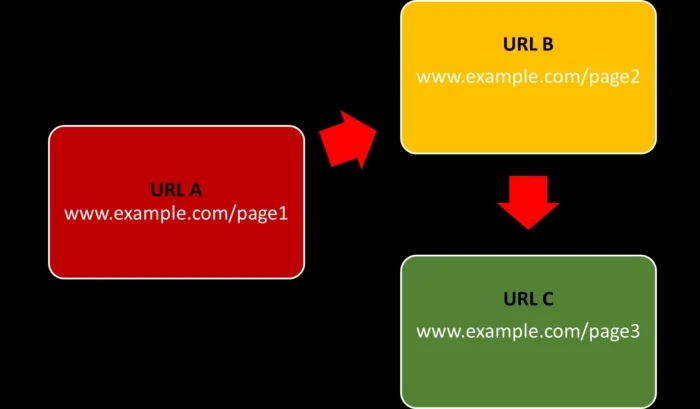
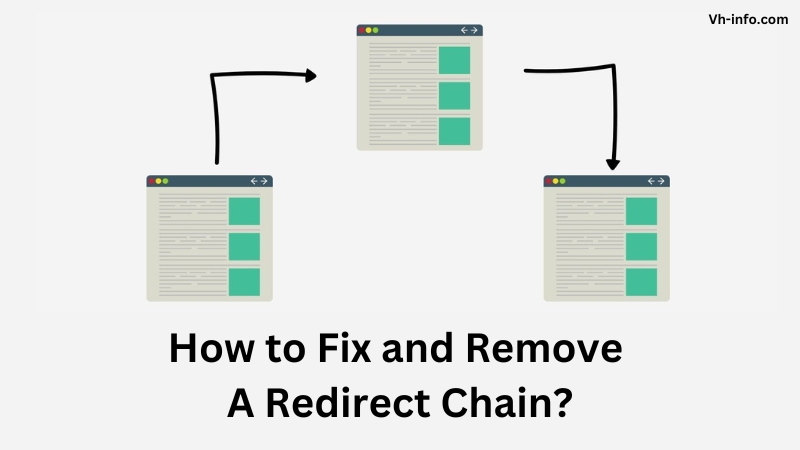
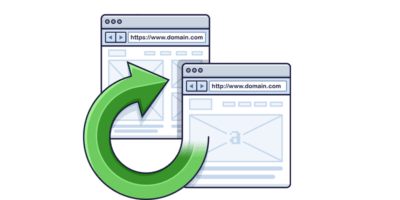

 Blender – 3D Software[/caption
Blender – 3D Software[/caption Autodesk Maya- 3D Software[/caption
Autodesk Maya- 3D Software[/caption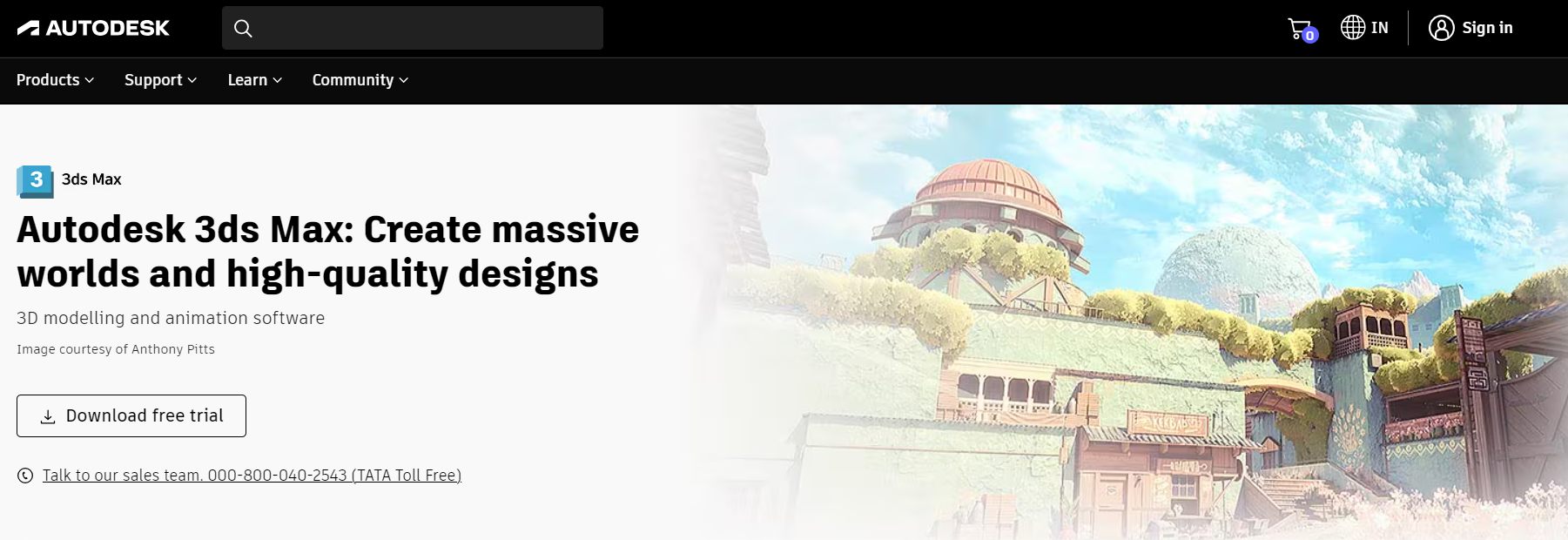 Autodesk 3ds Max – 3D Software[/caption
Autodesk 3ds Max – 3D Software[/caption Cinema 4D – Software[/caption
Cinema 4D – Software[/caption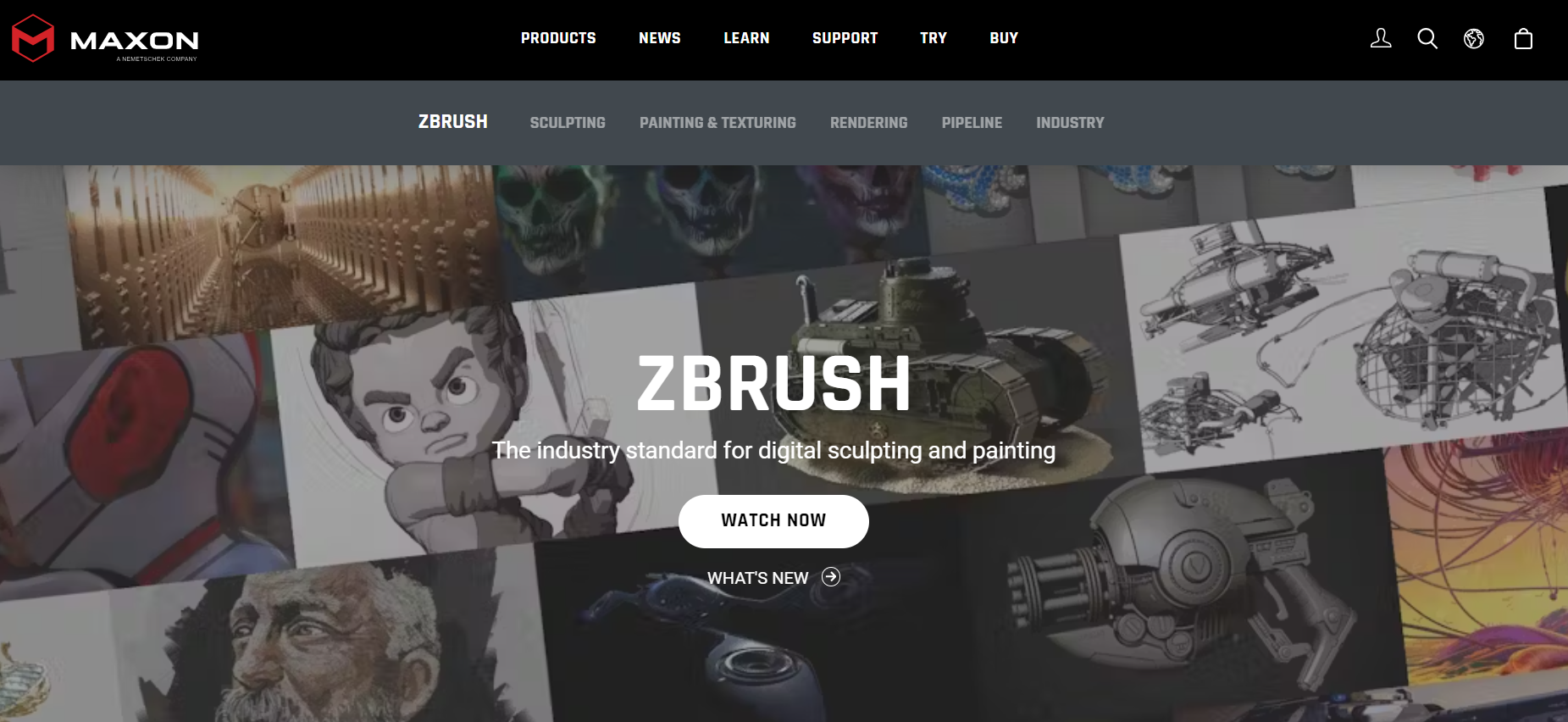 ZBrush – 3D Software[/caption
ZBrush – 3D Software[/caption Rhino – 3D Software[/caption
Rhino – 3D Software[/caption SolidWorks – 3D Software[/caption
SolidWorks – 3D Software[/caption SketchUp – 3D Software[/caption
SketchUp – 3D Software[/caption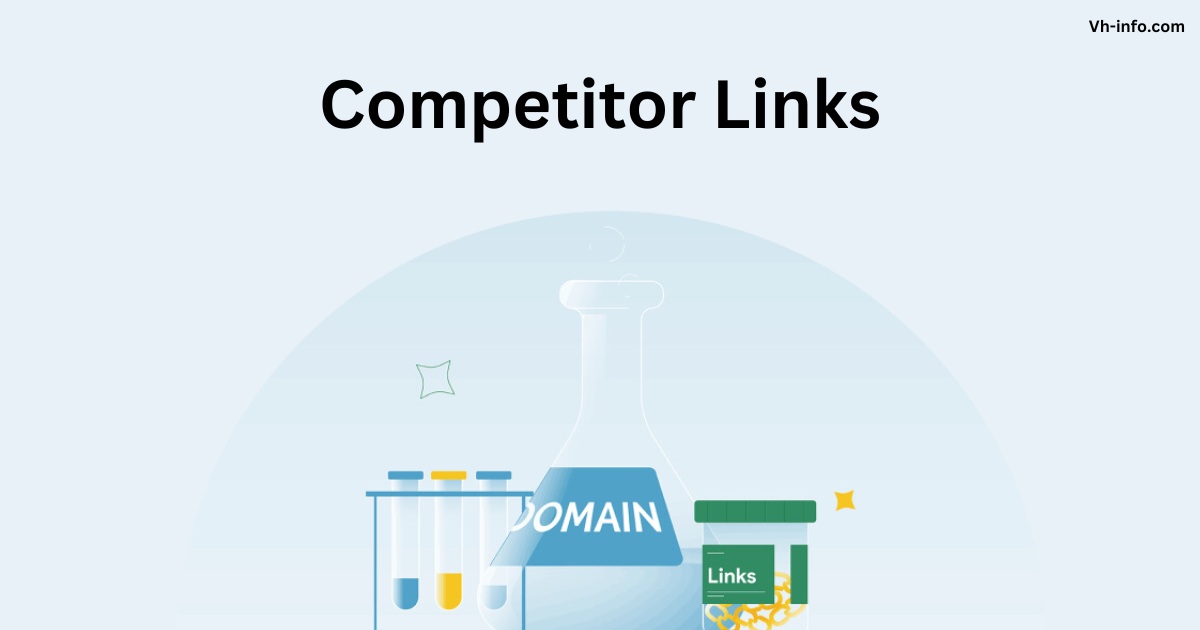
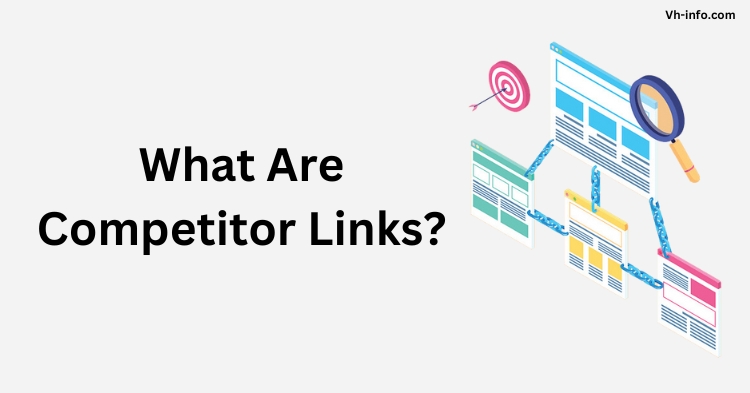
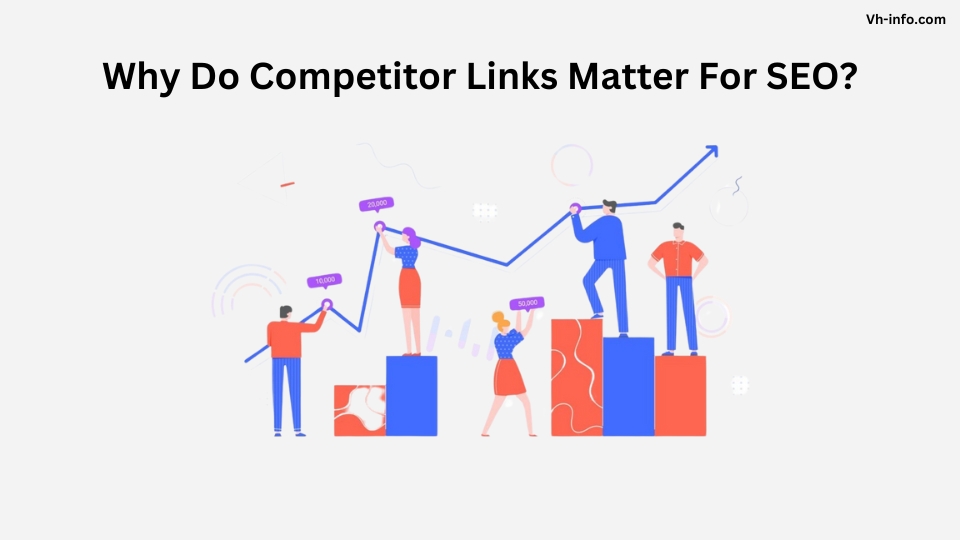
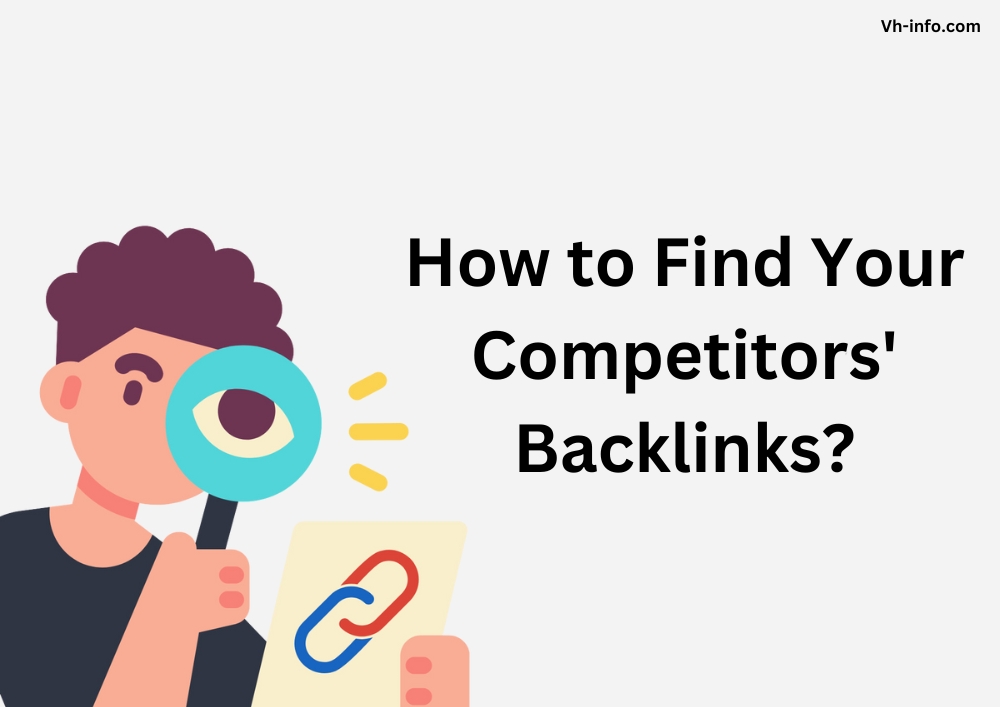
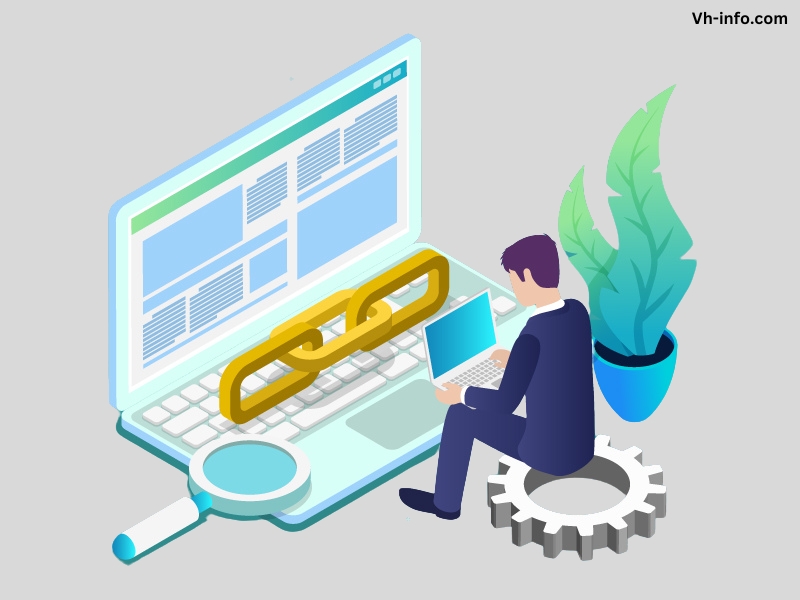
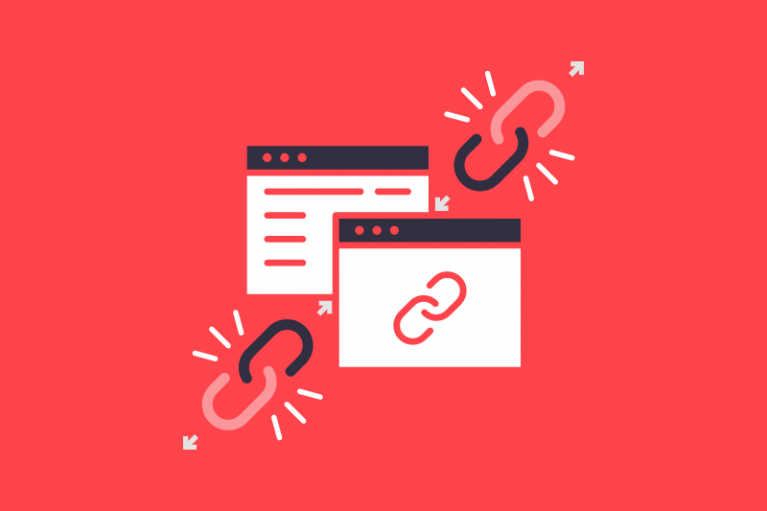




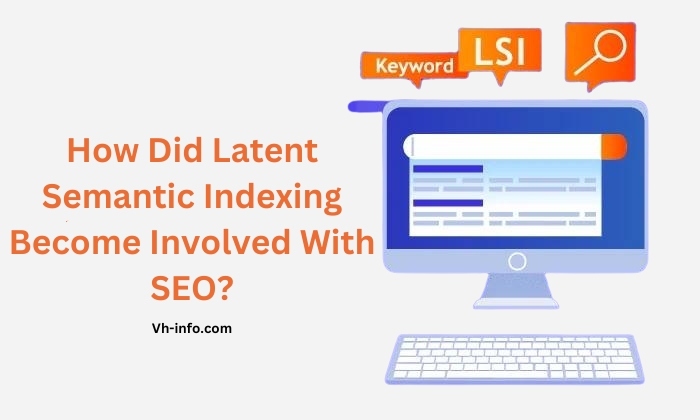

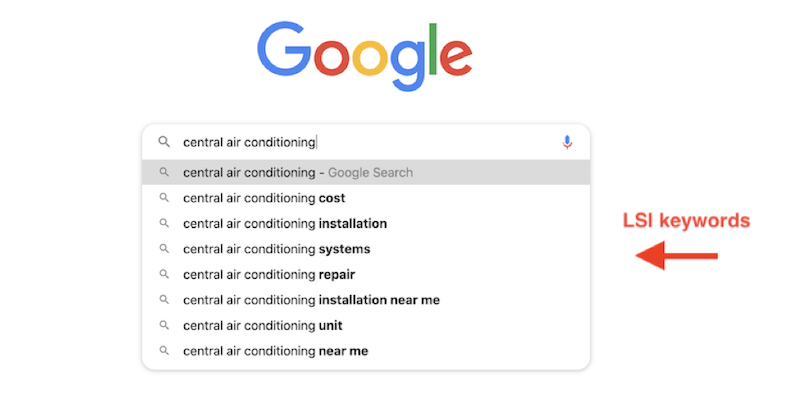



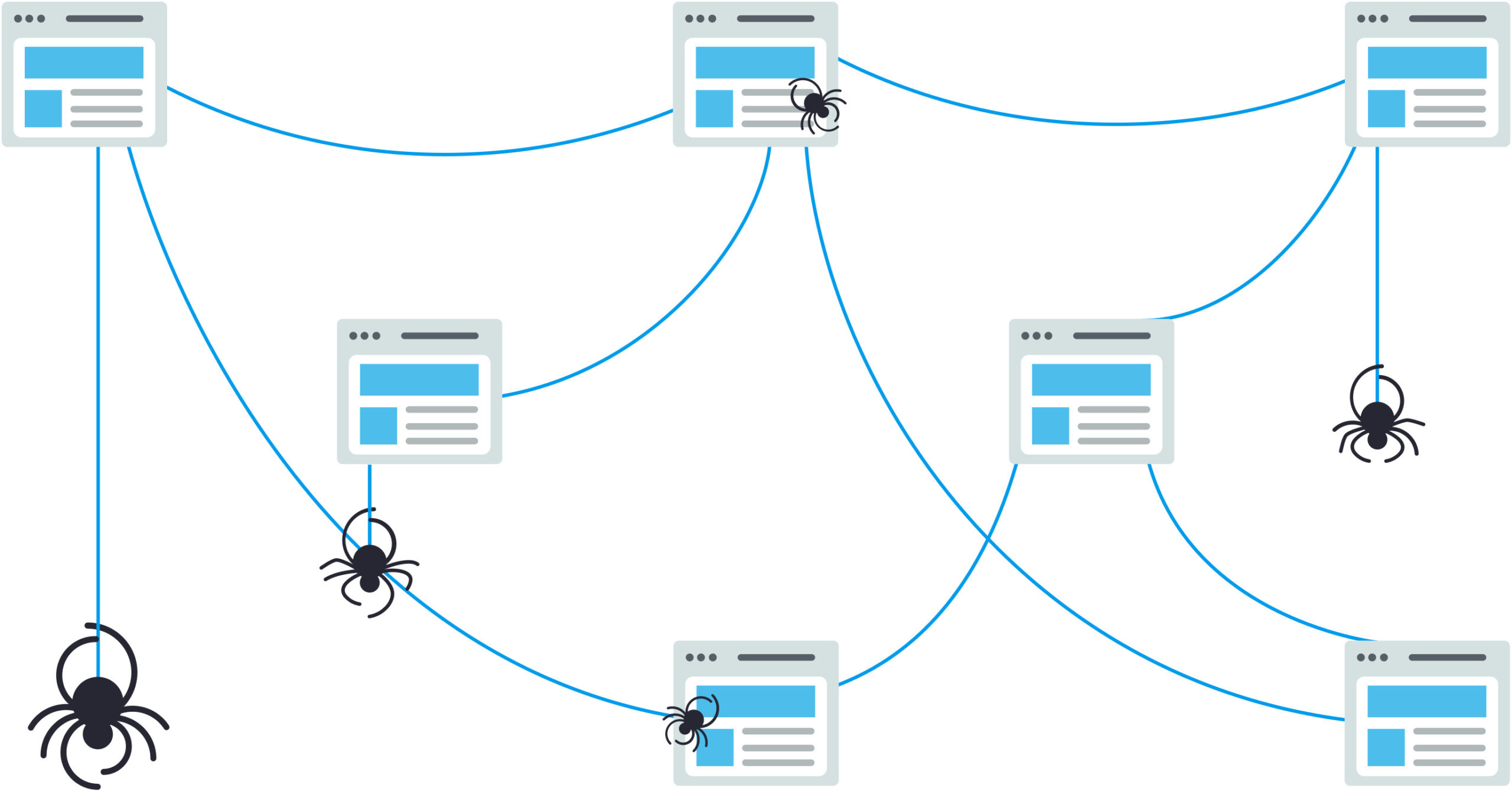
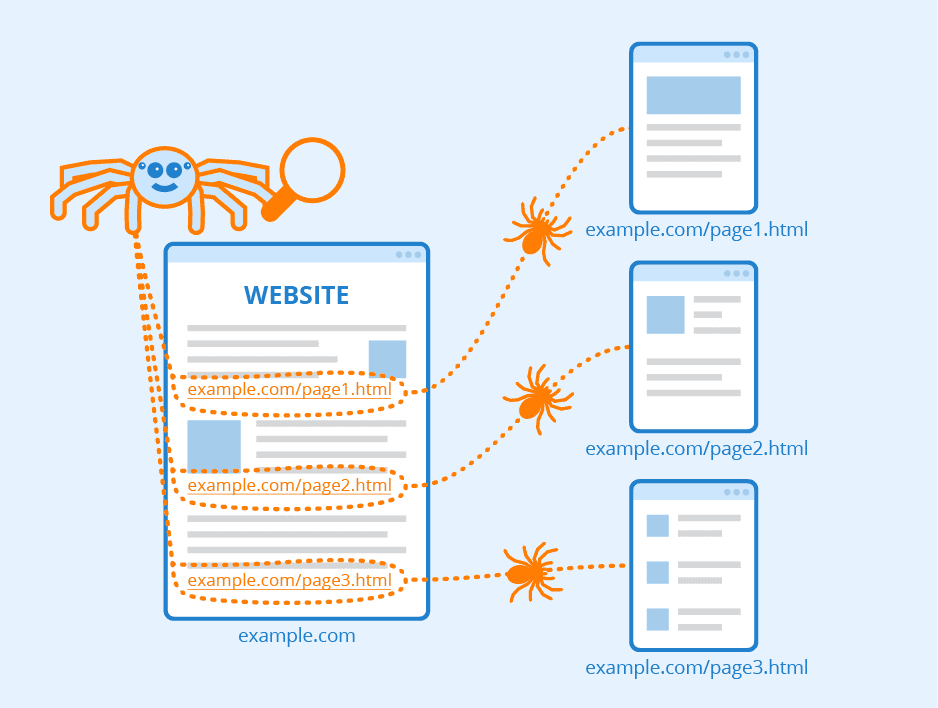
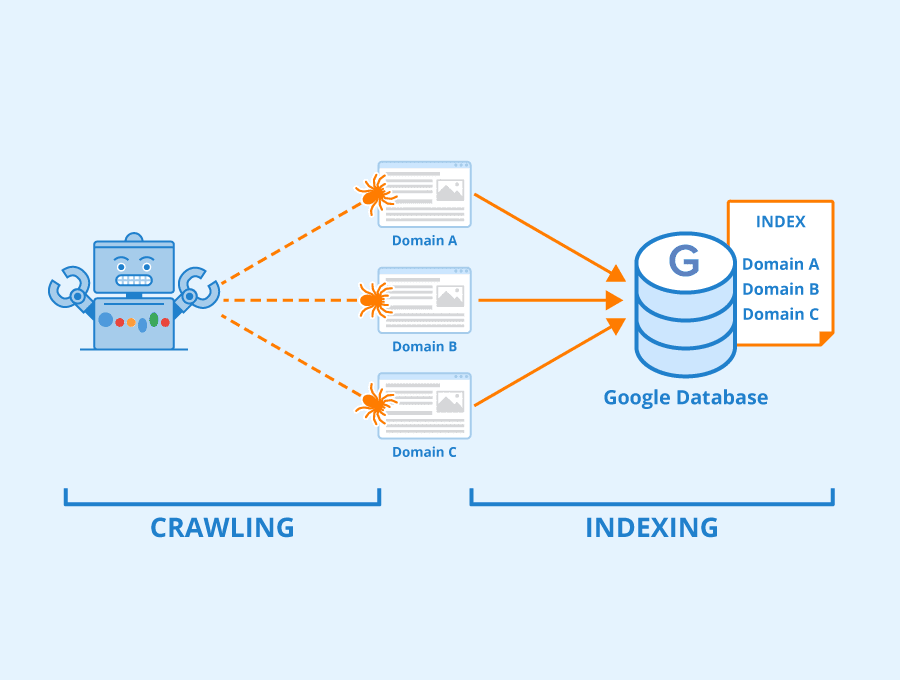


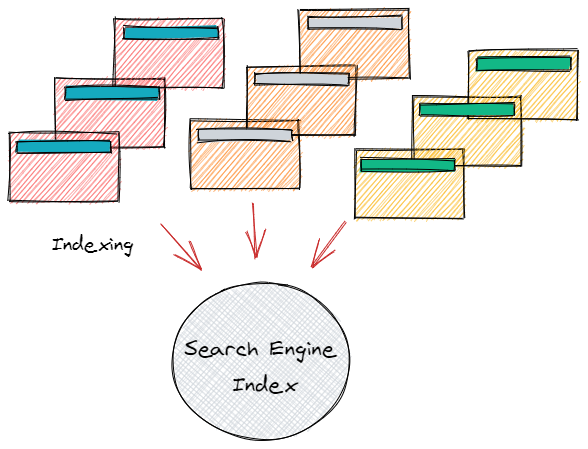
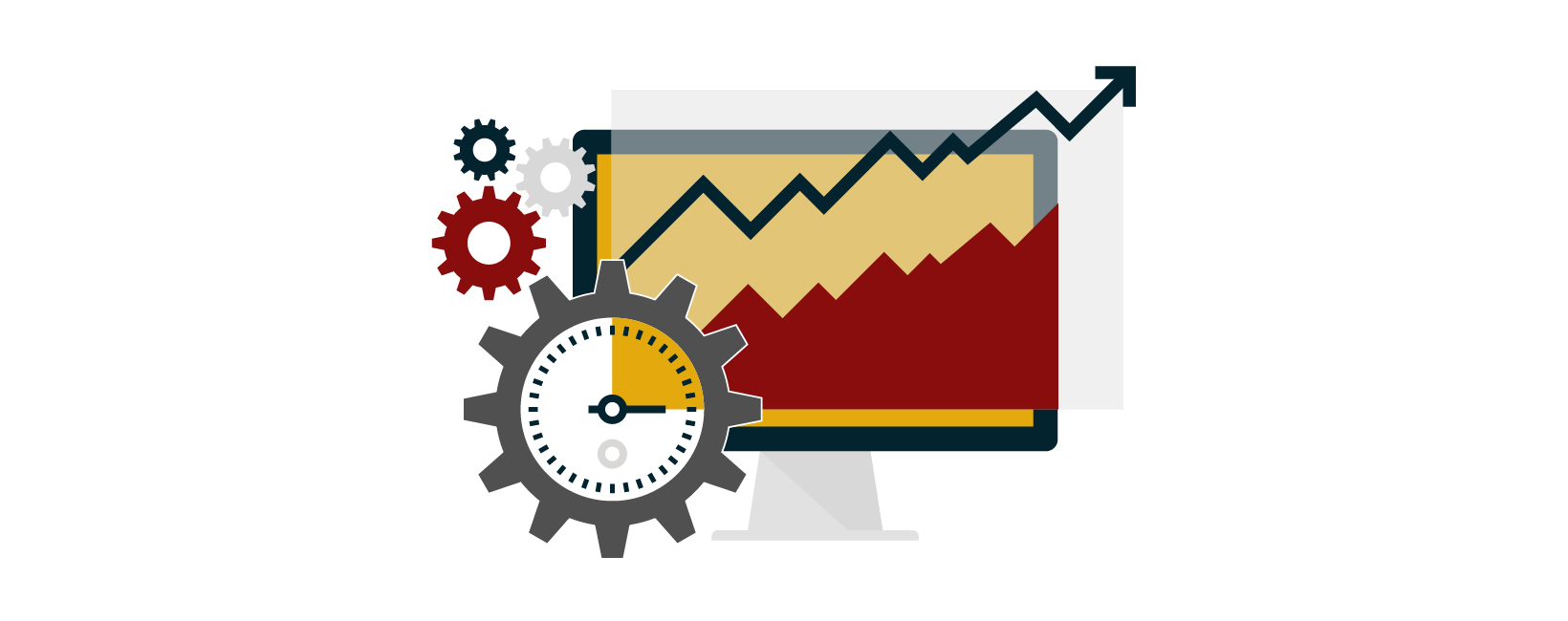


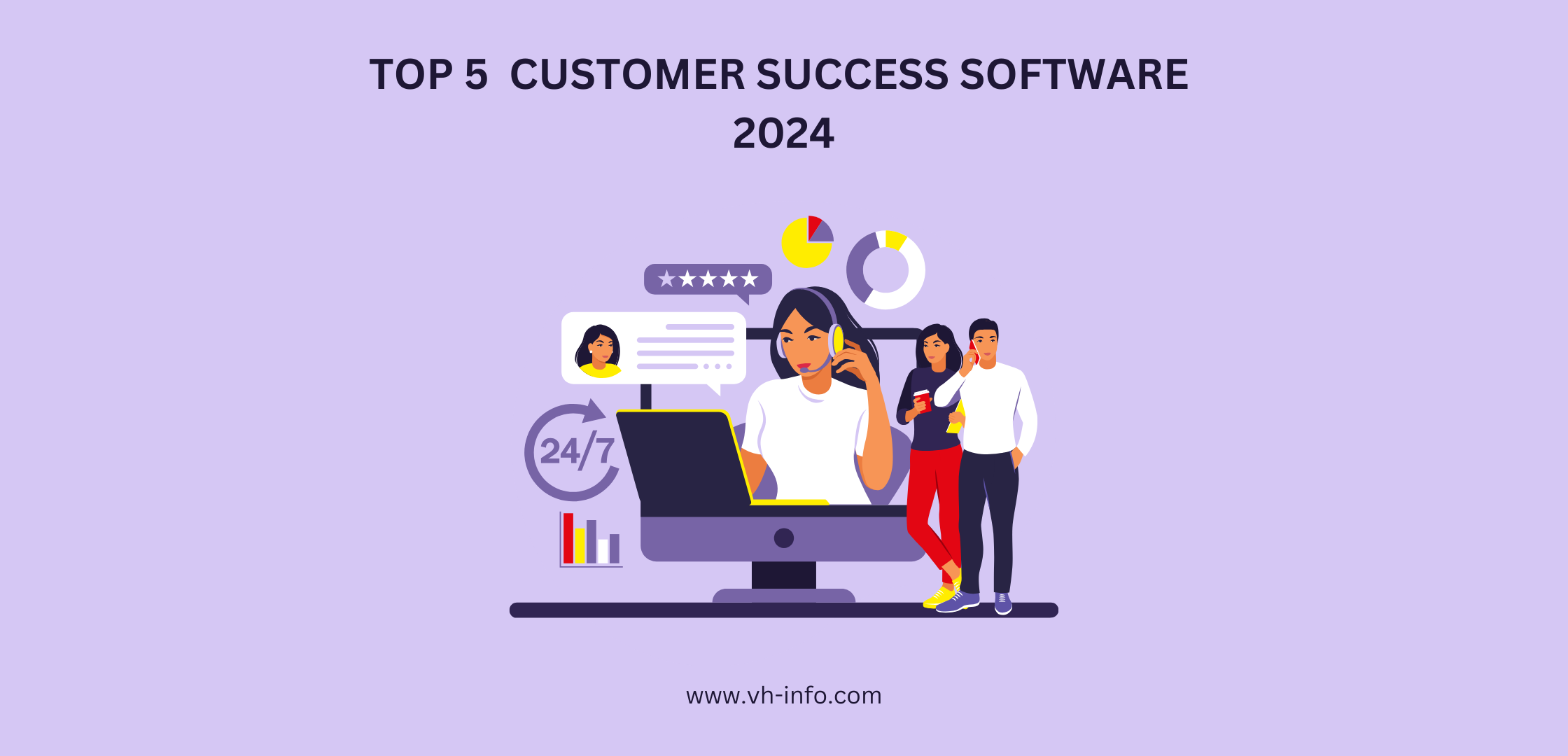
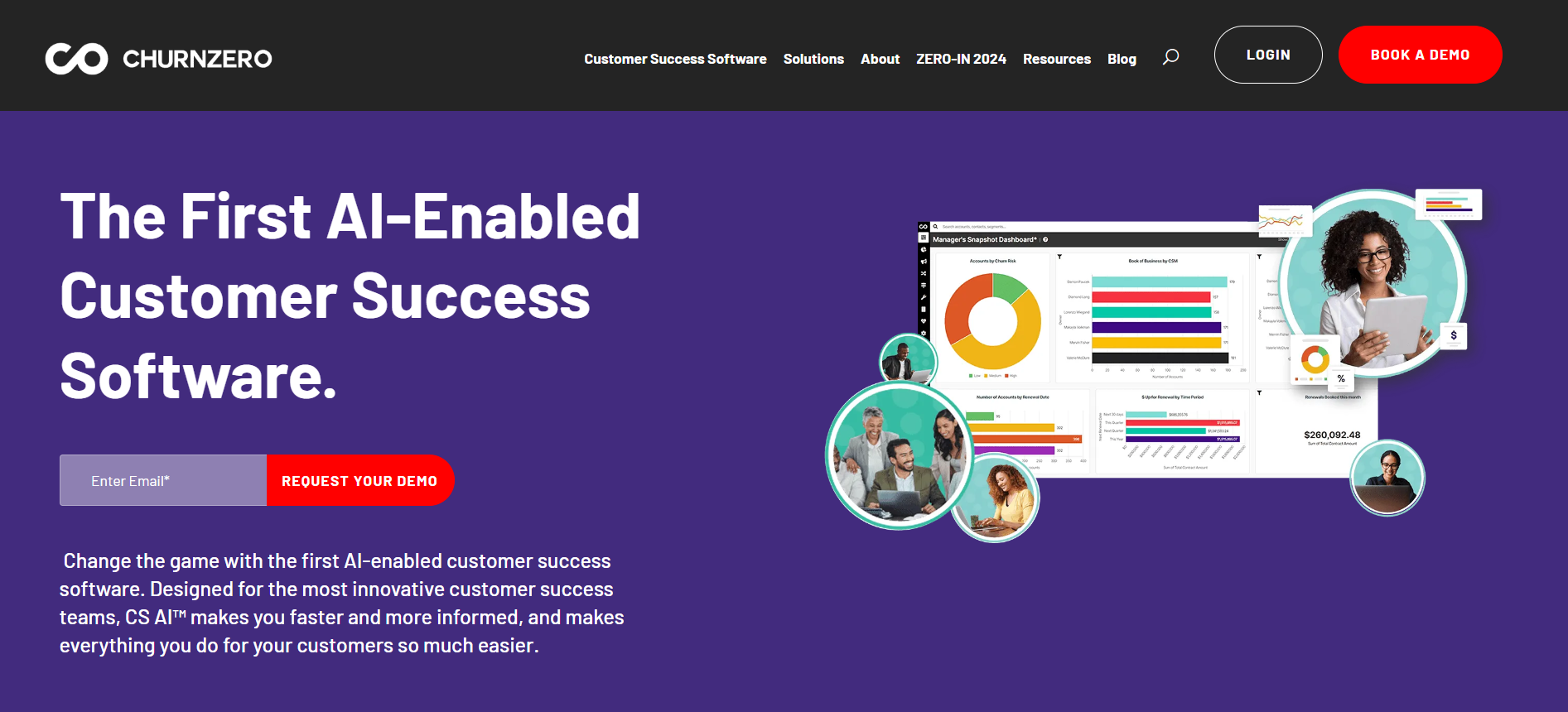 ChurnZero – Customer Support Software[/caption
ChurnZero – Customer Support Software[/caption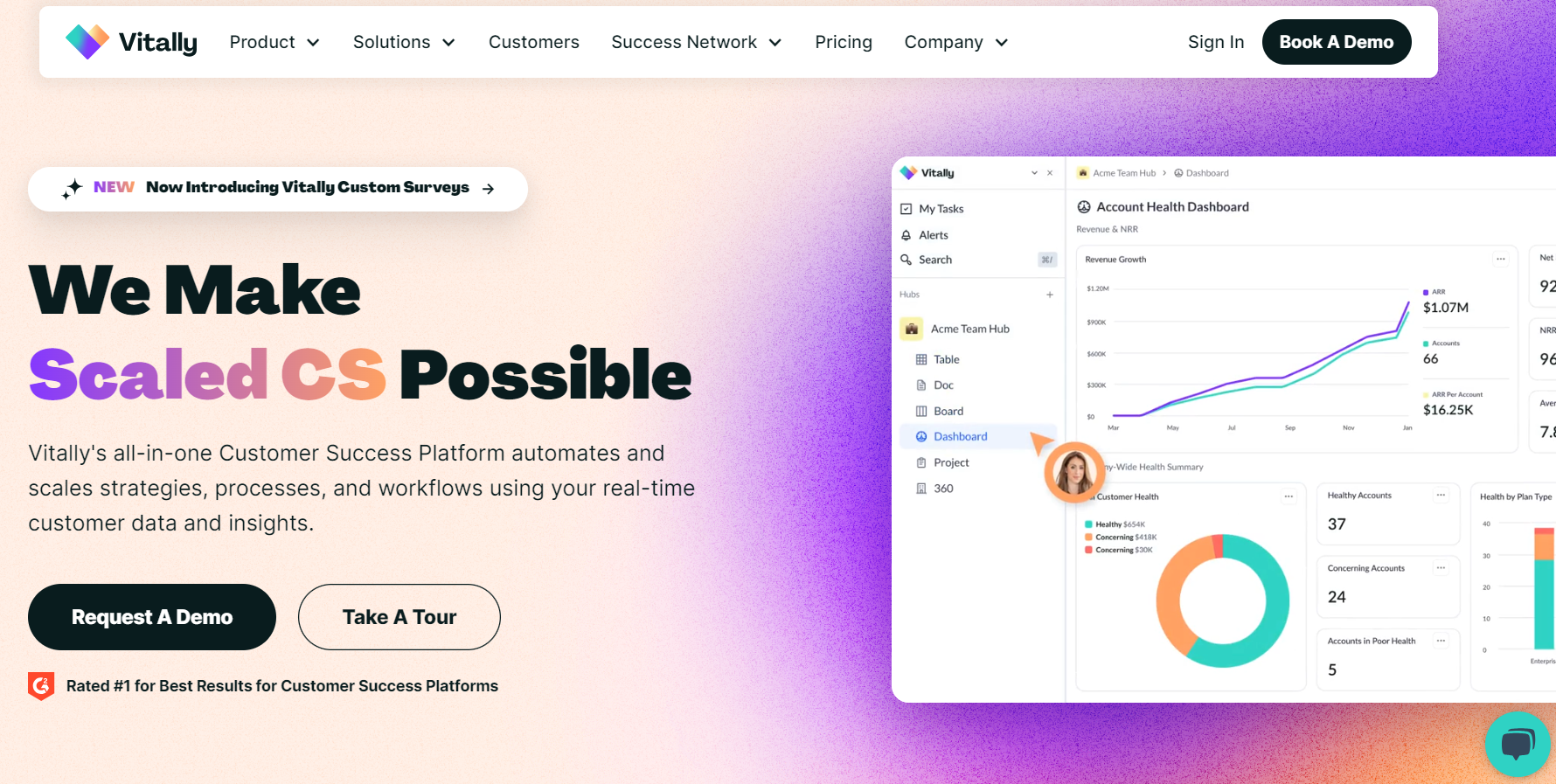 Vitally – Customer Support Software[/caption
Vitally – Customer Support Software[/caption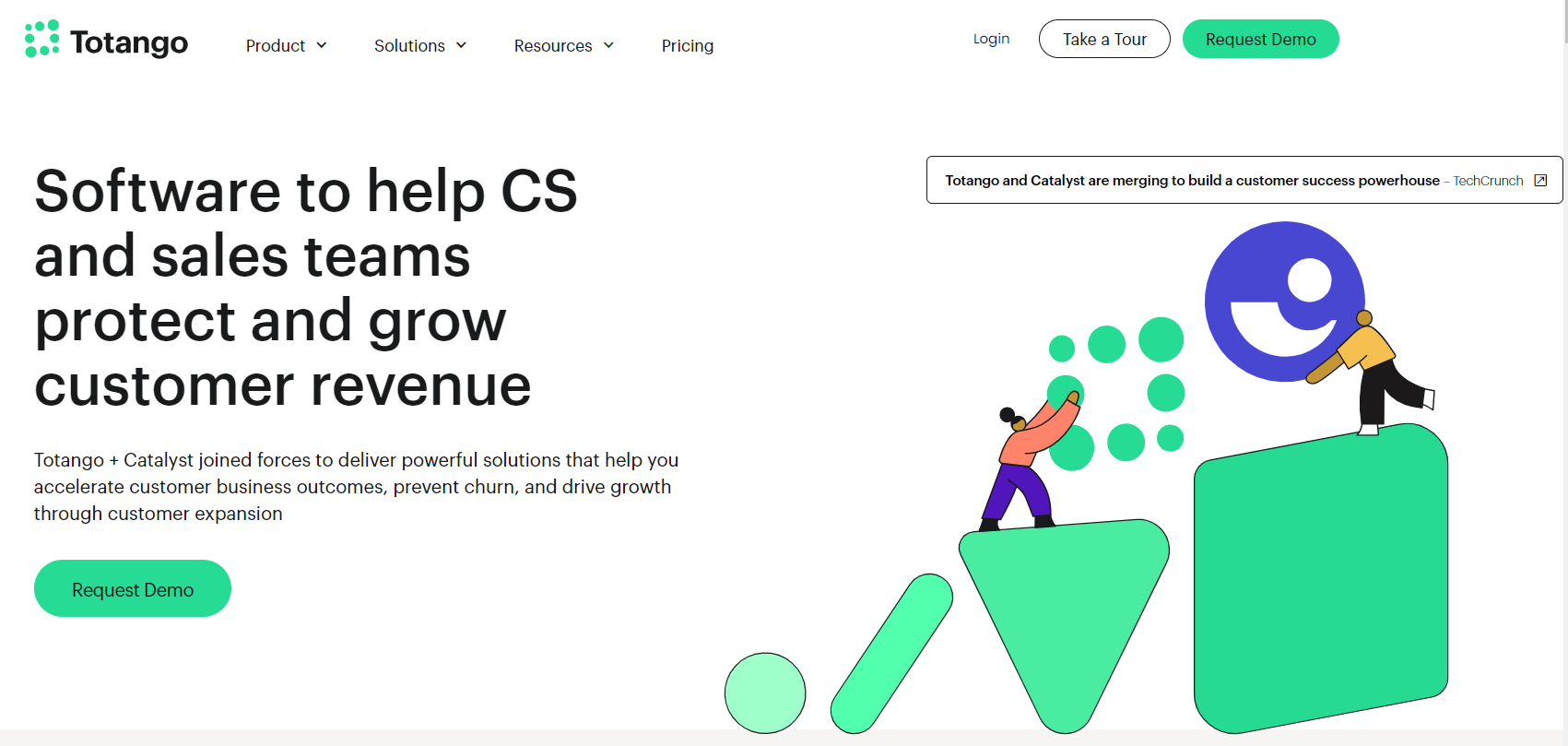 Totango – Customer Support Software[/caption
Totango – Customer Support Software[/caption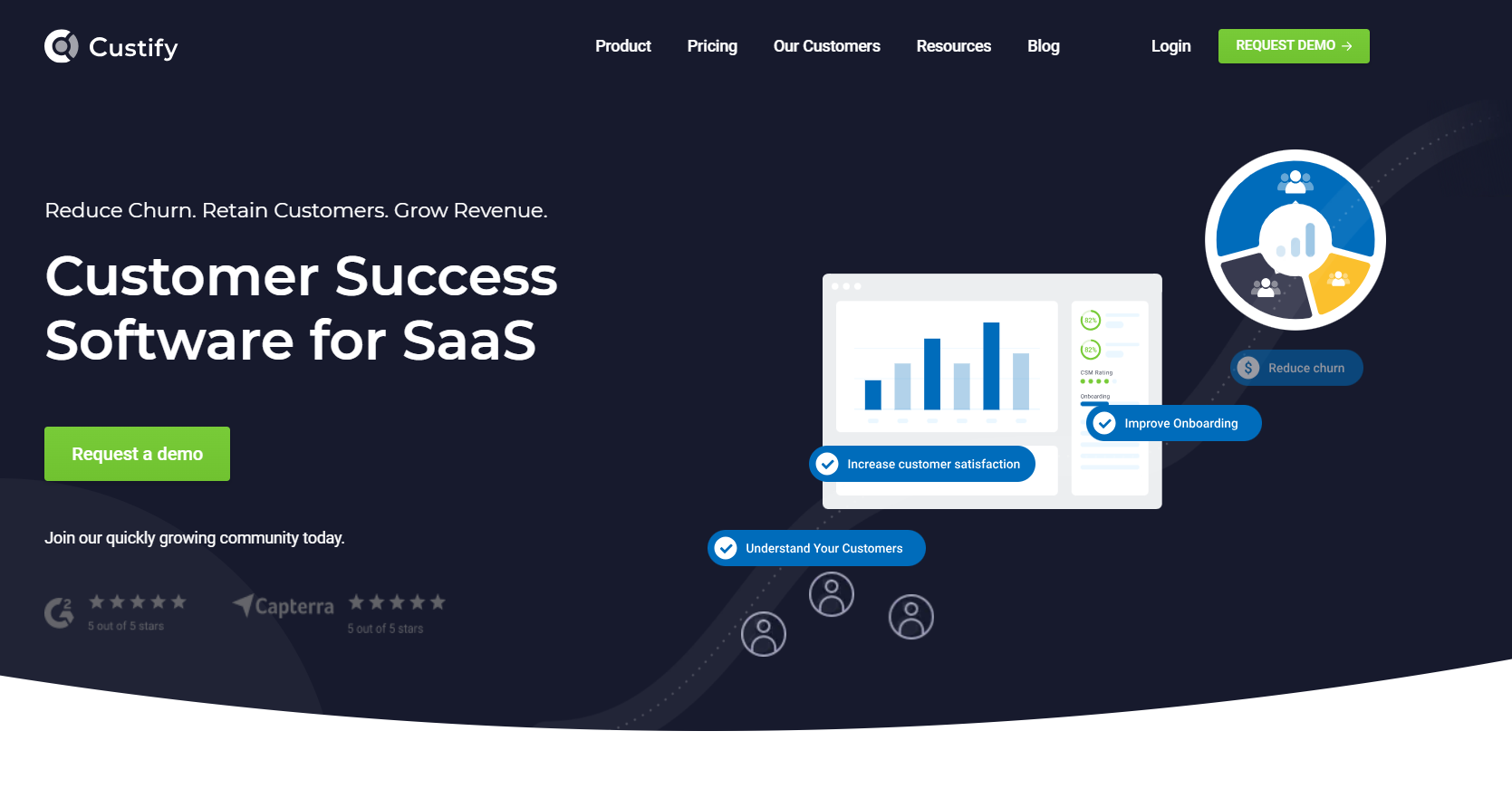 Custify – Customer Support Software[/caption
Custify – Customer Support Software[/caption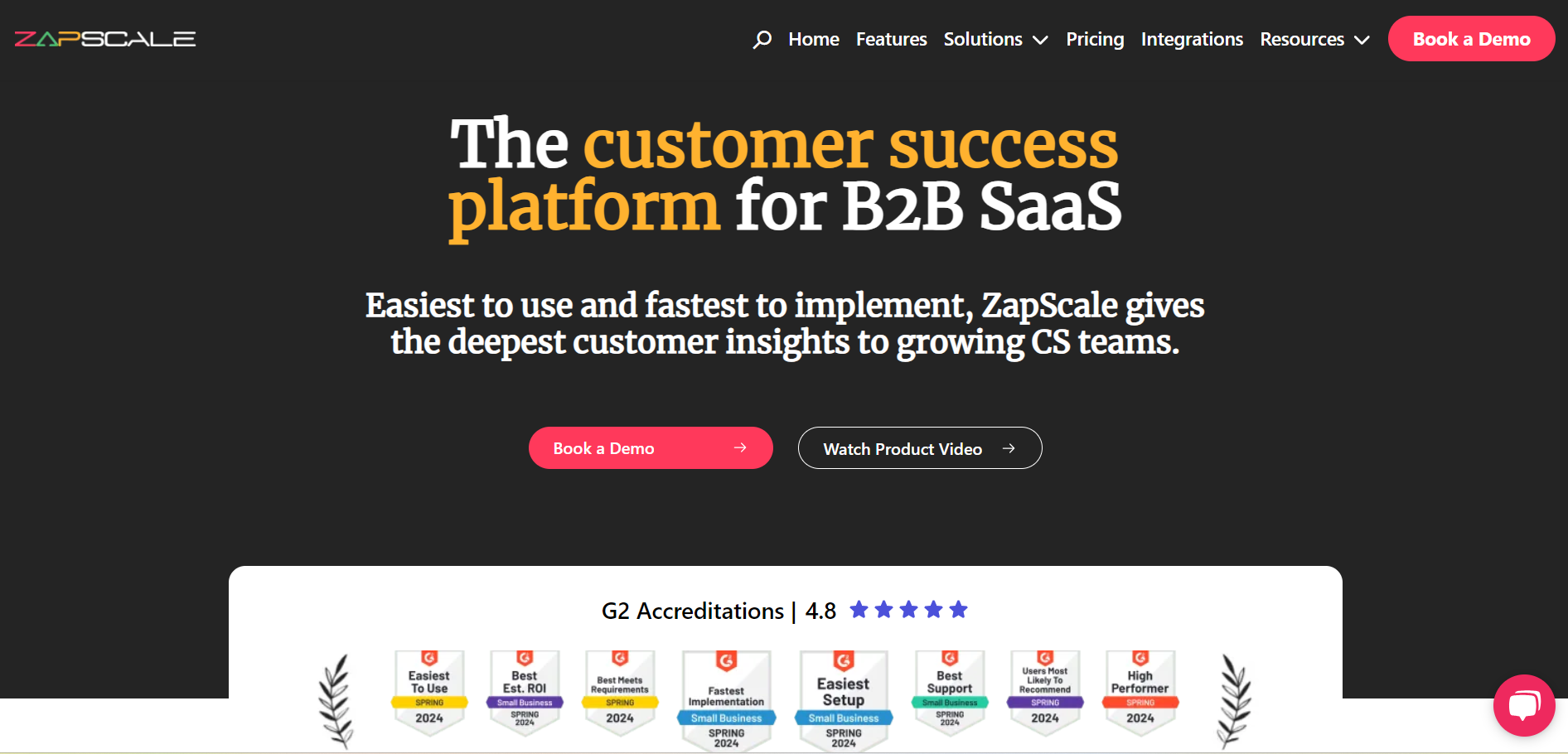 ZapScale – Customer Support Software[/caption
ZapScale – Customer Support Software[/caption